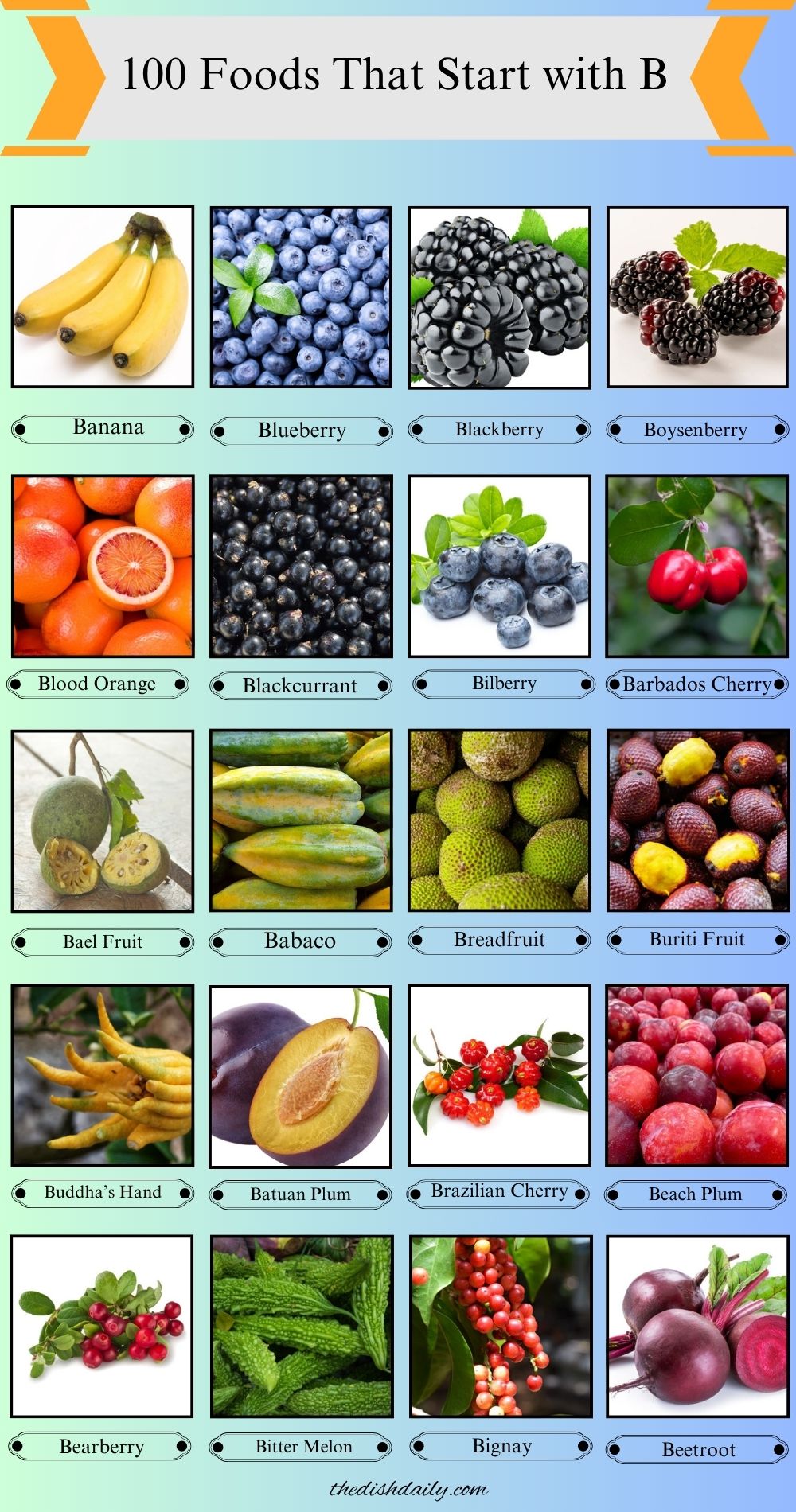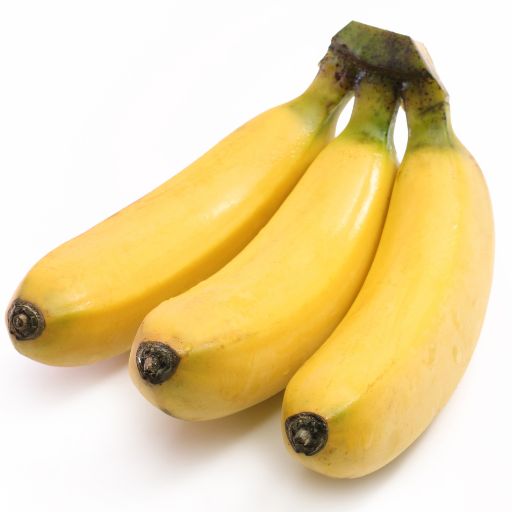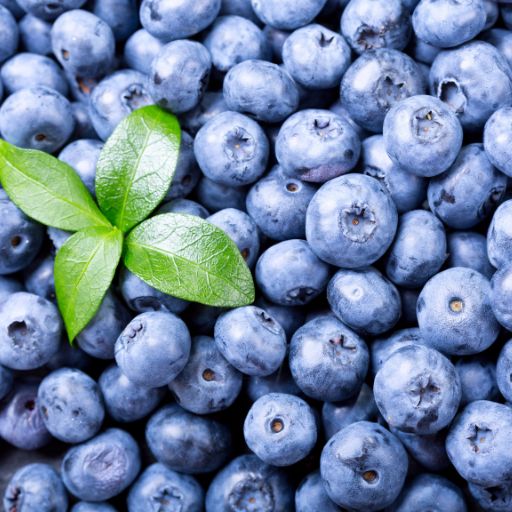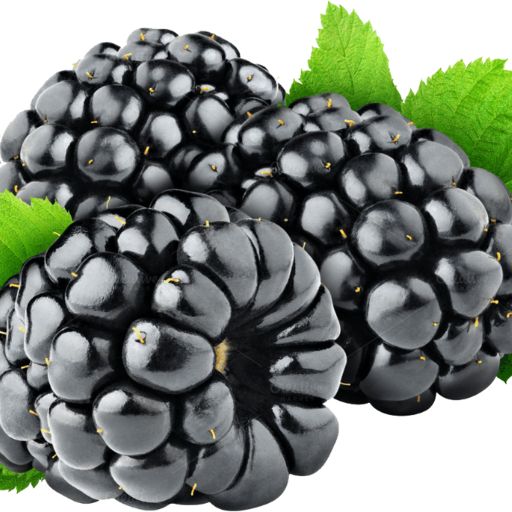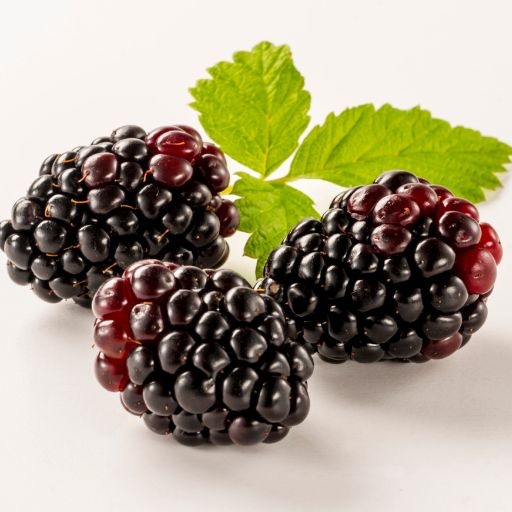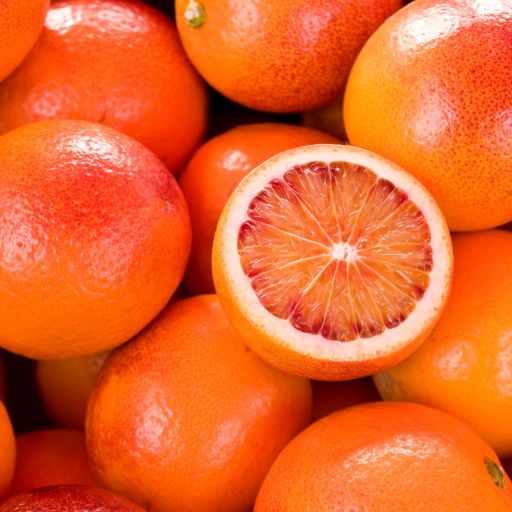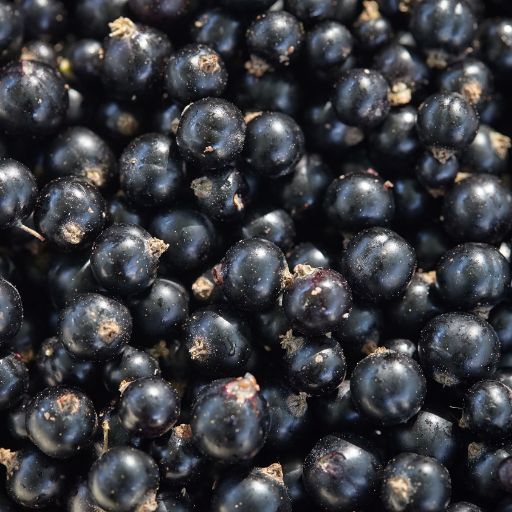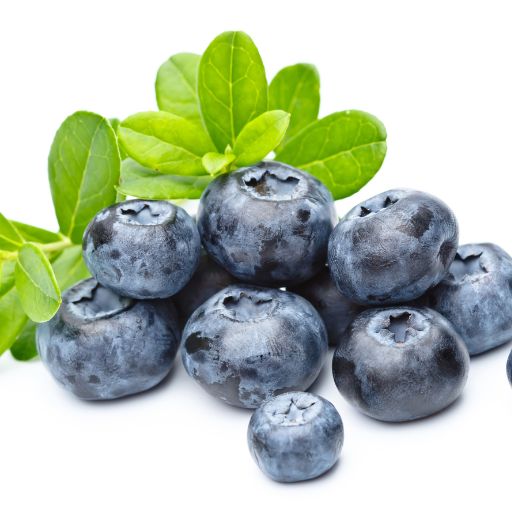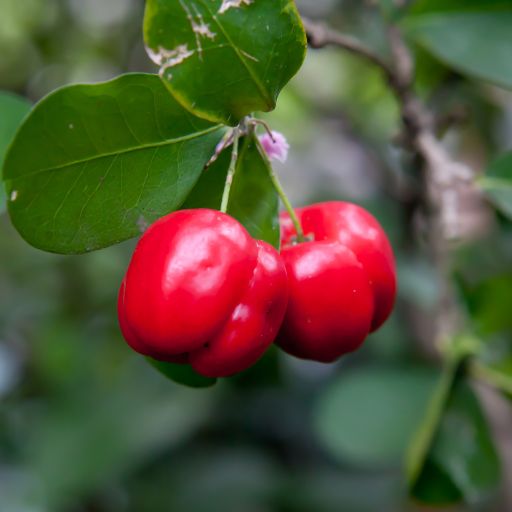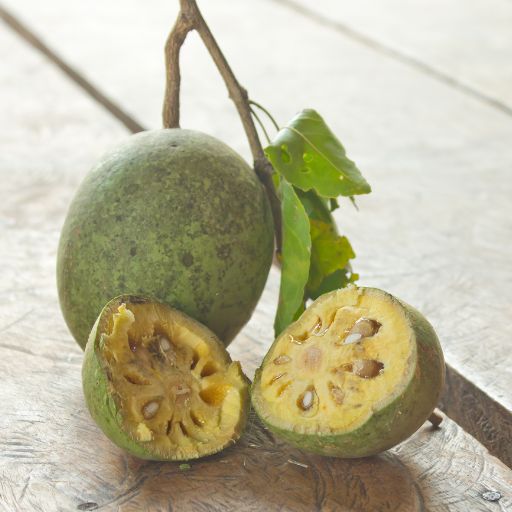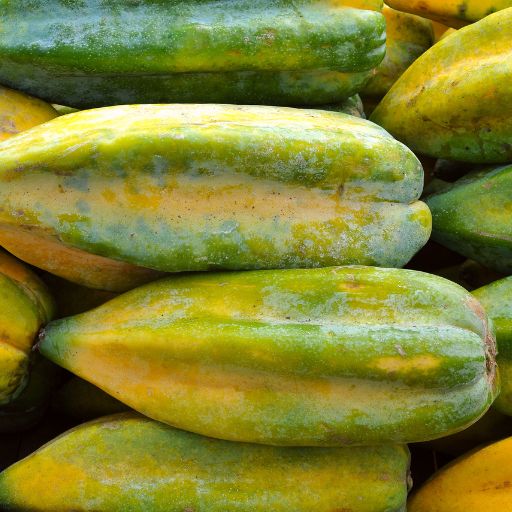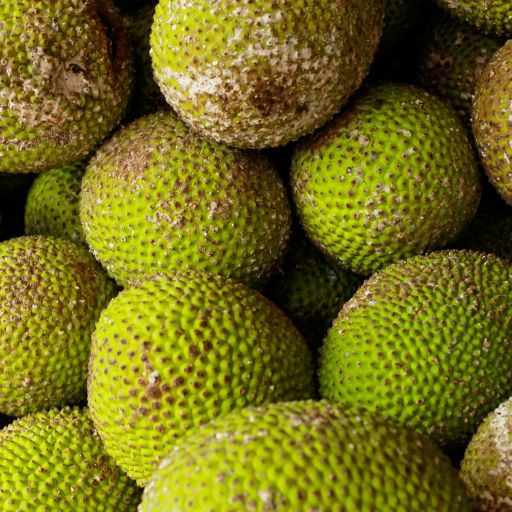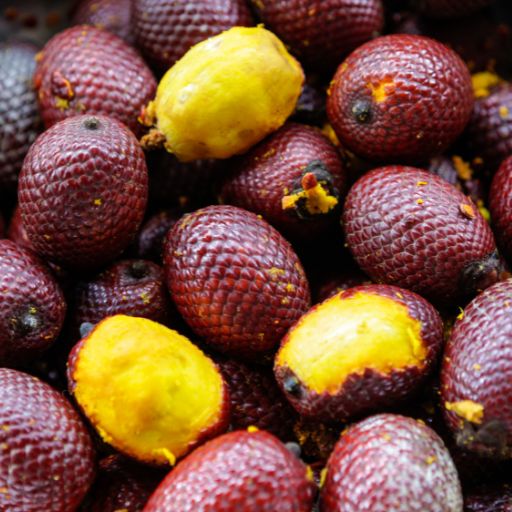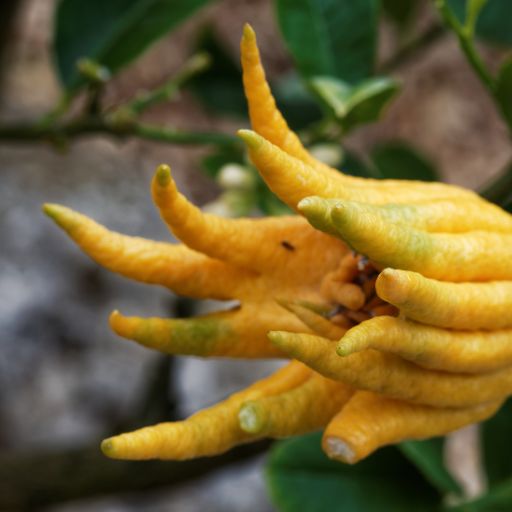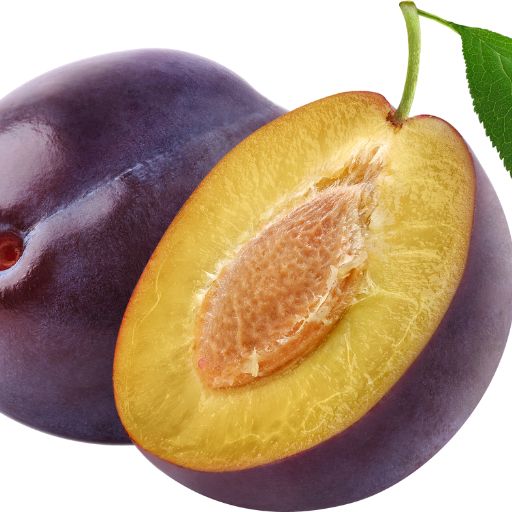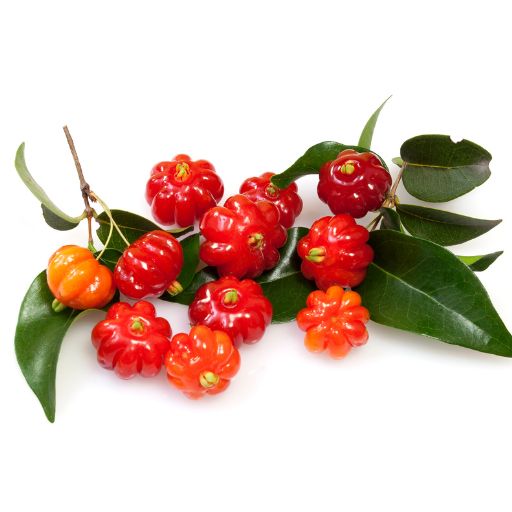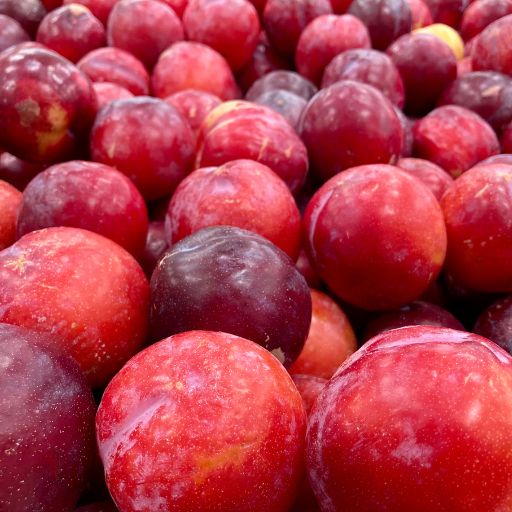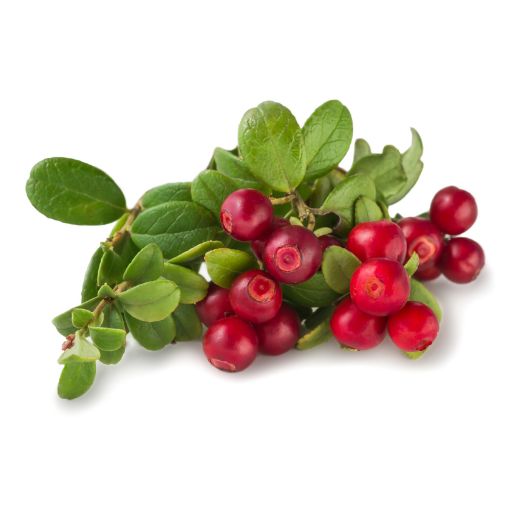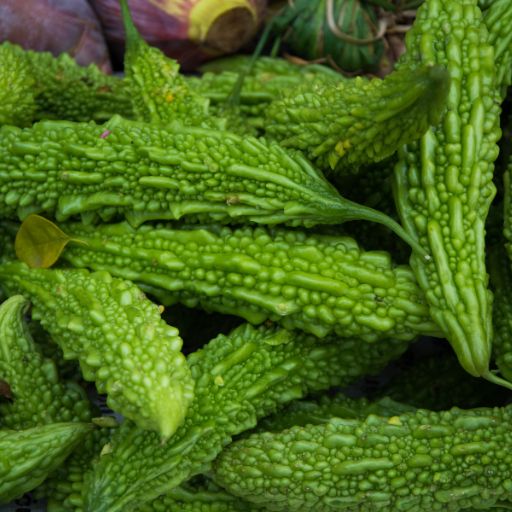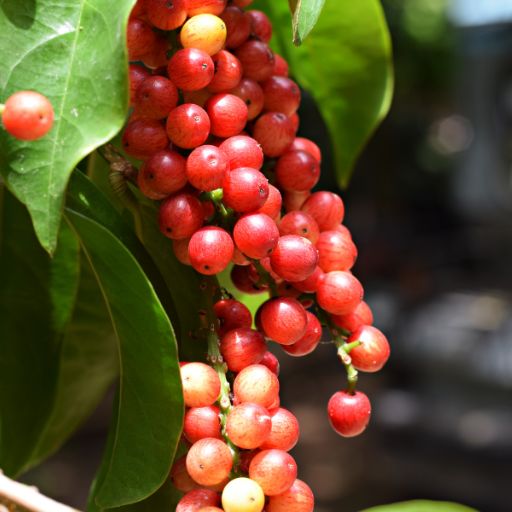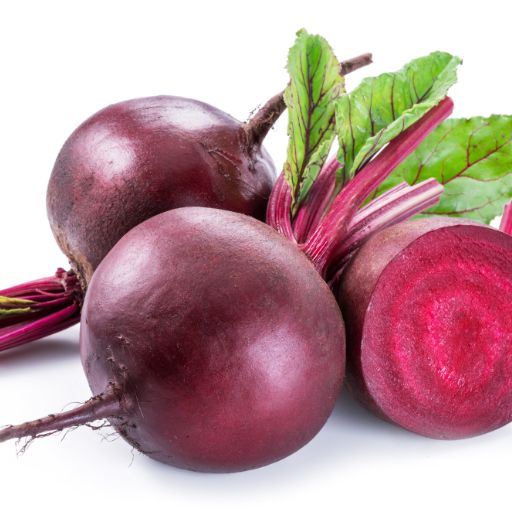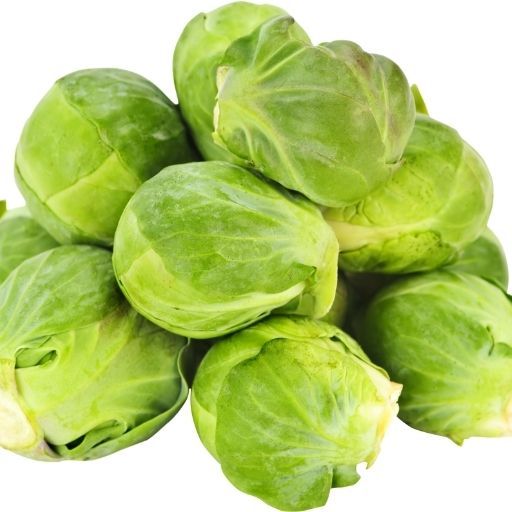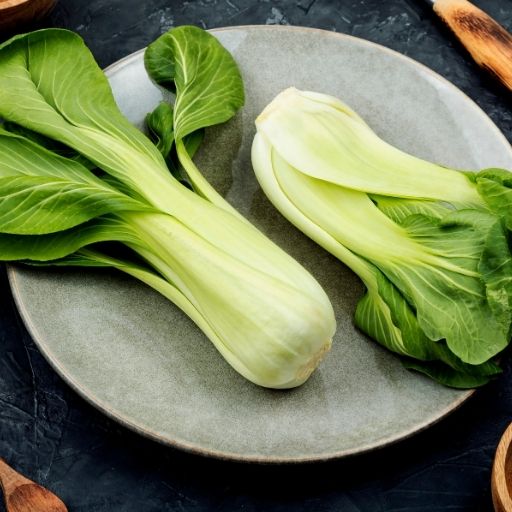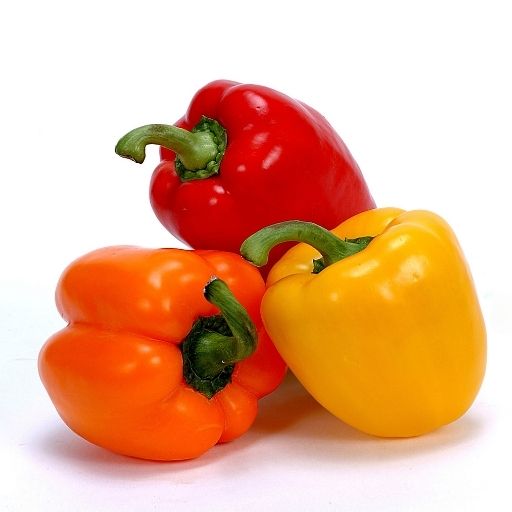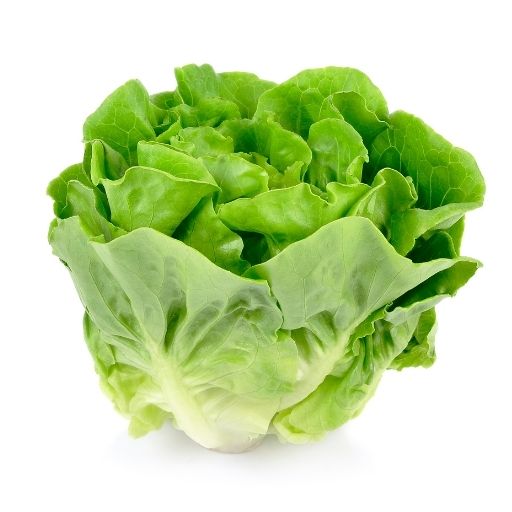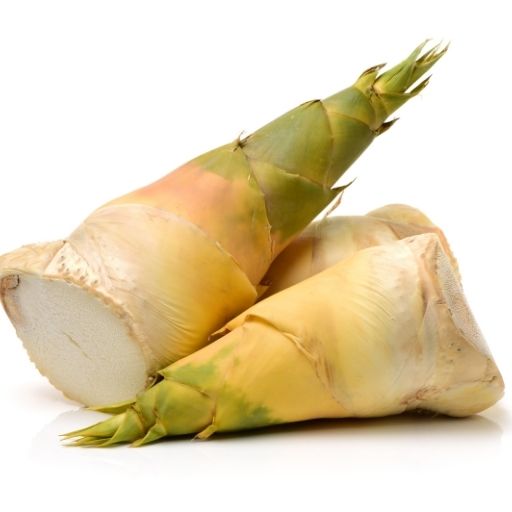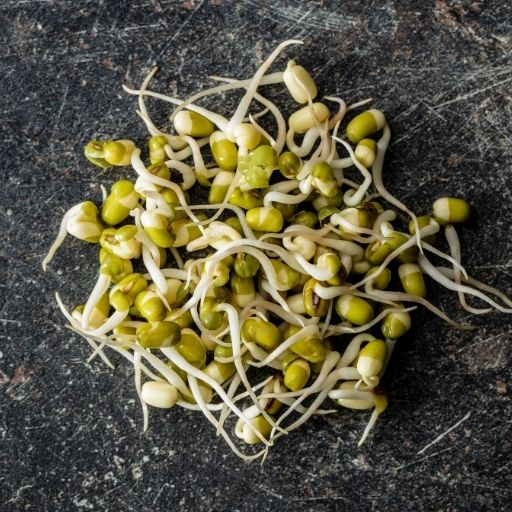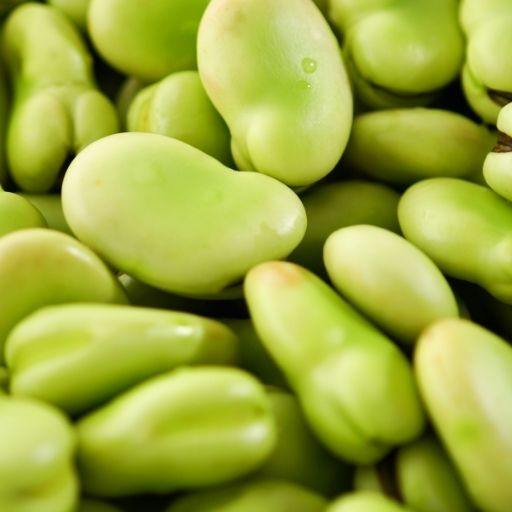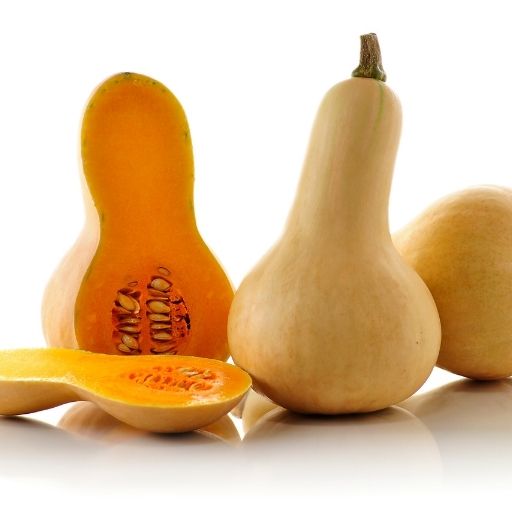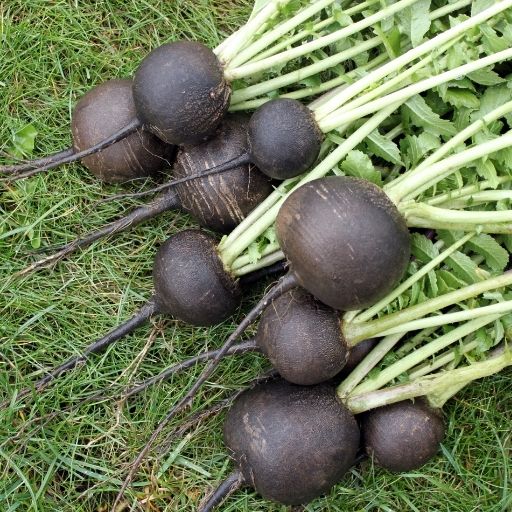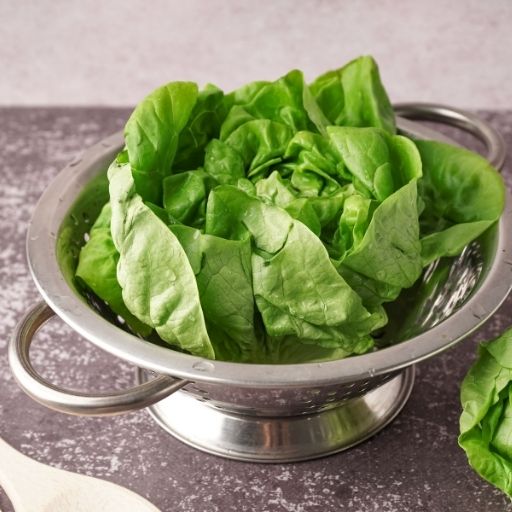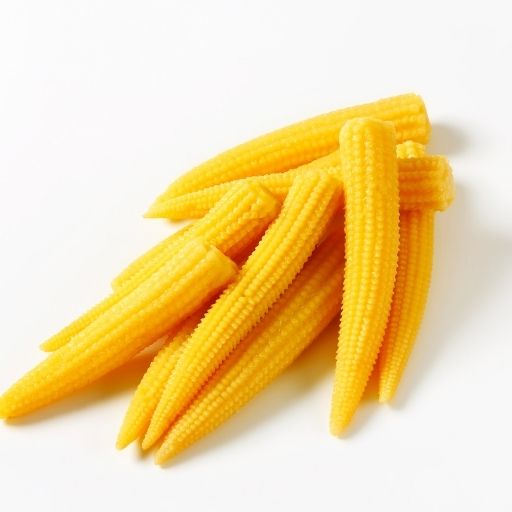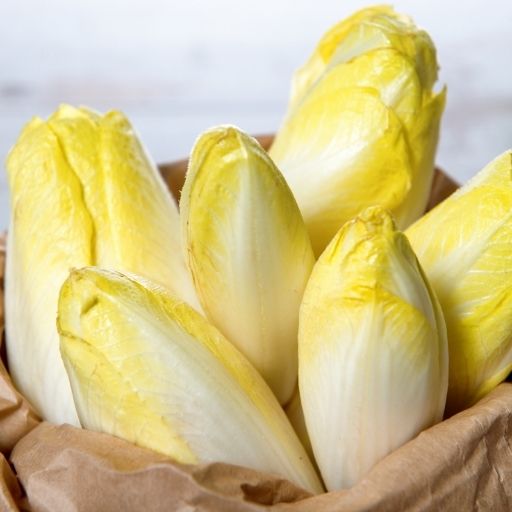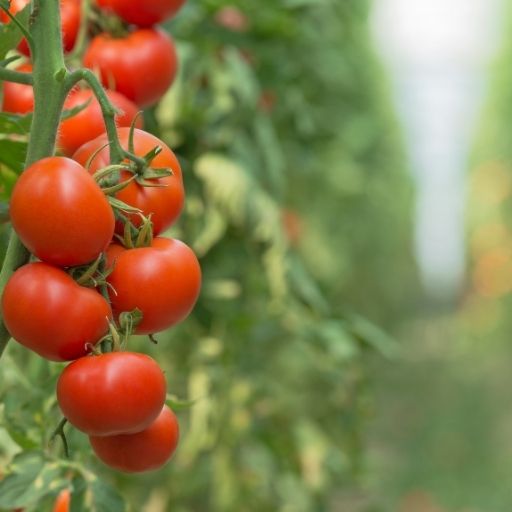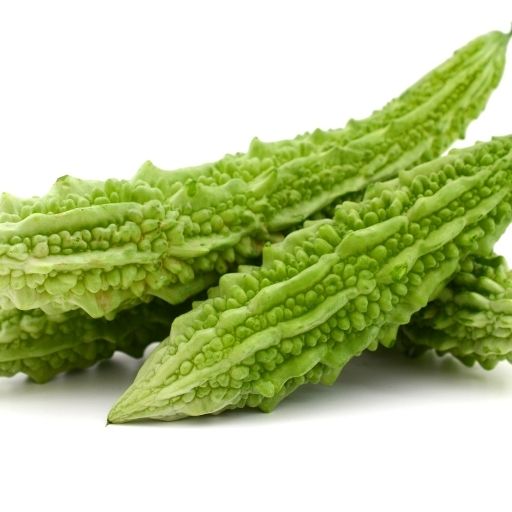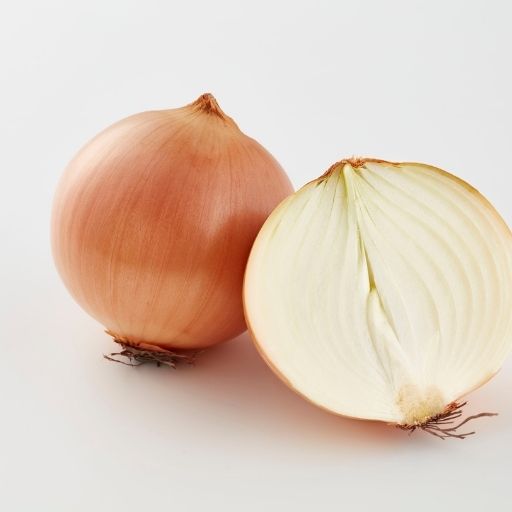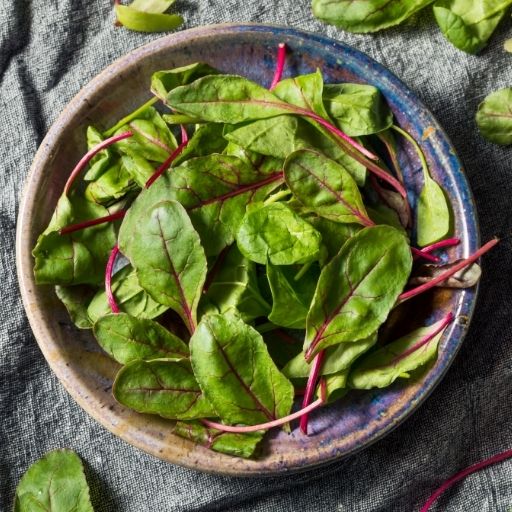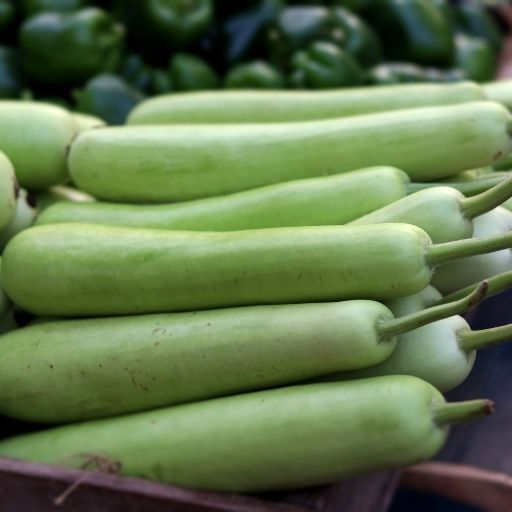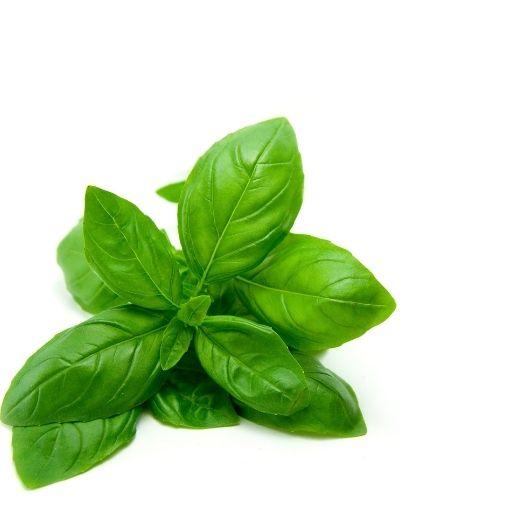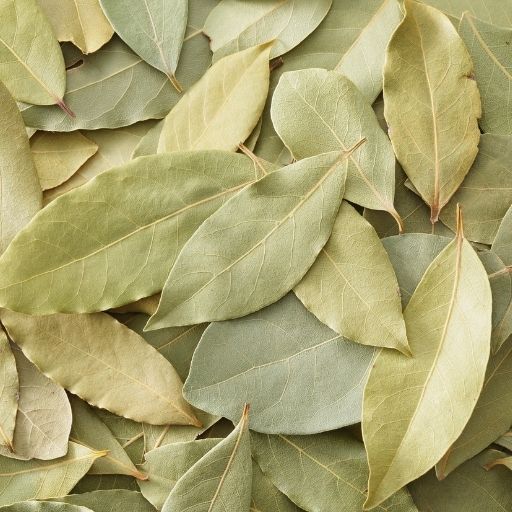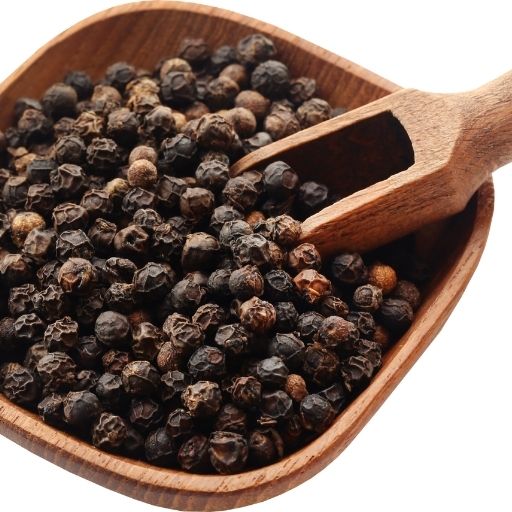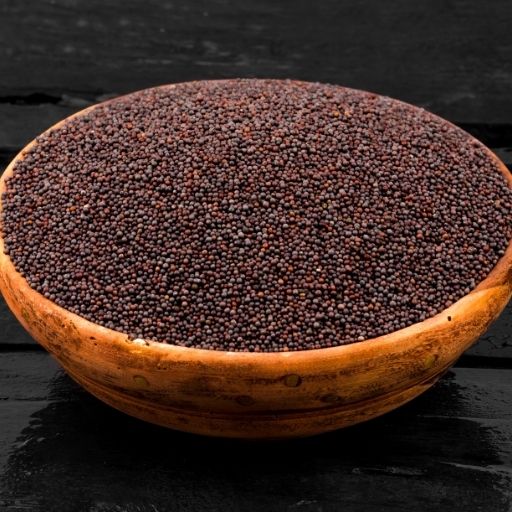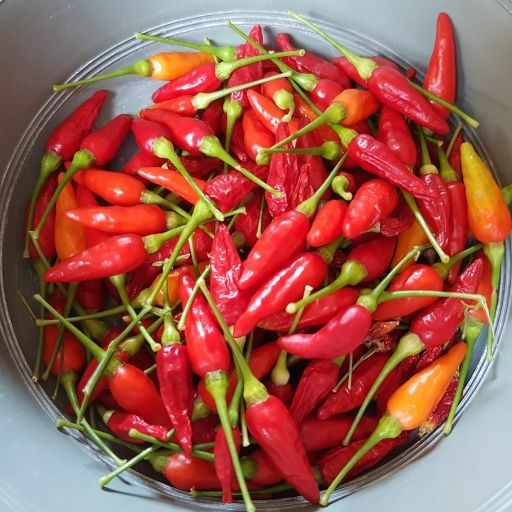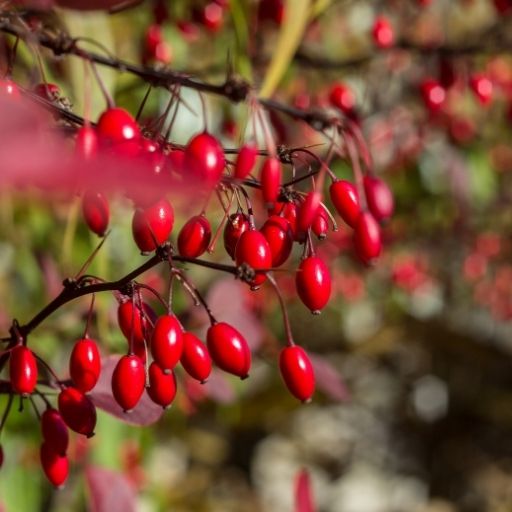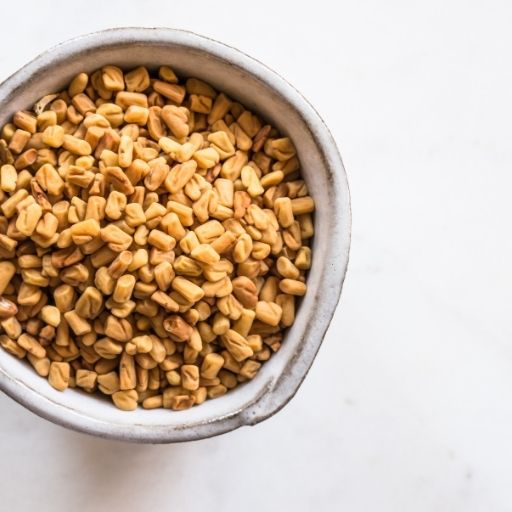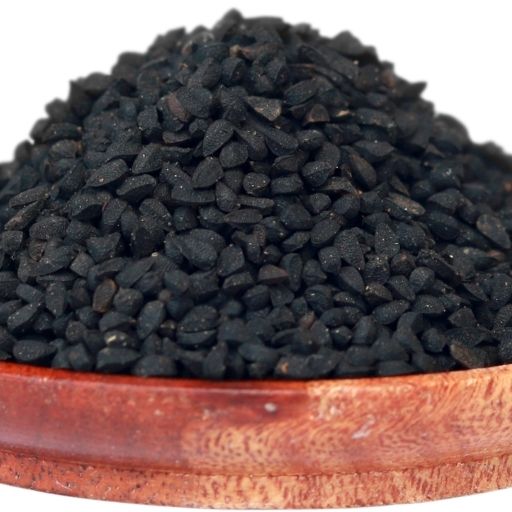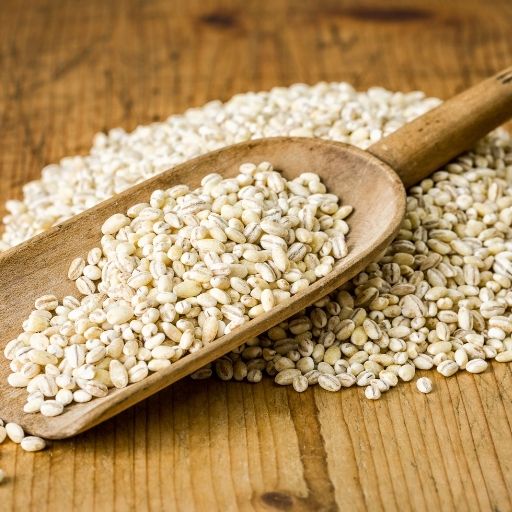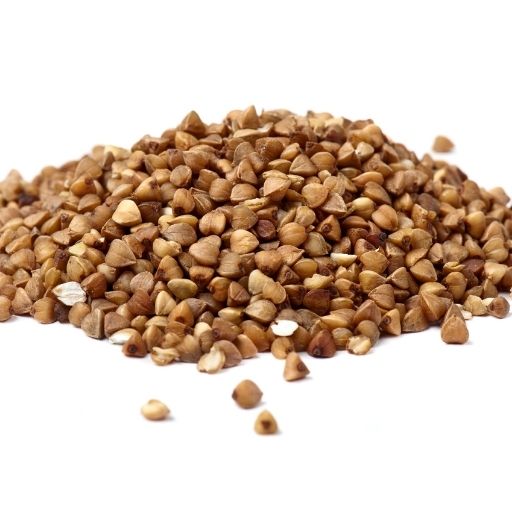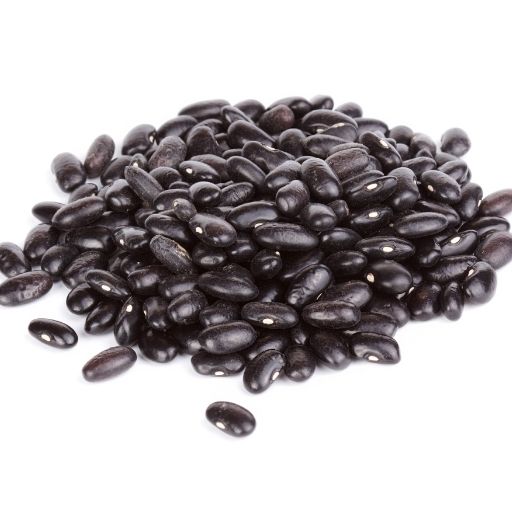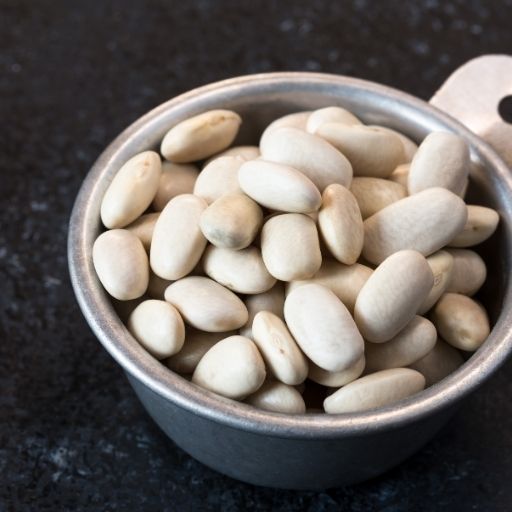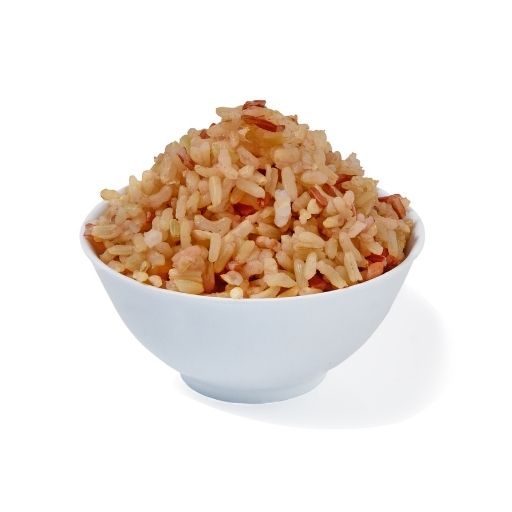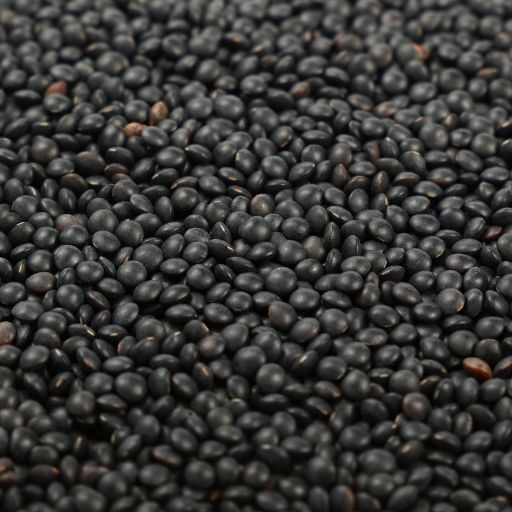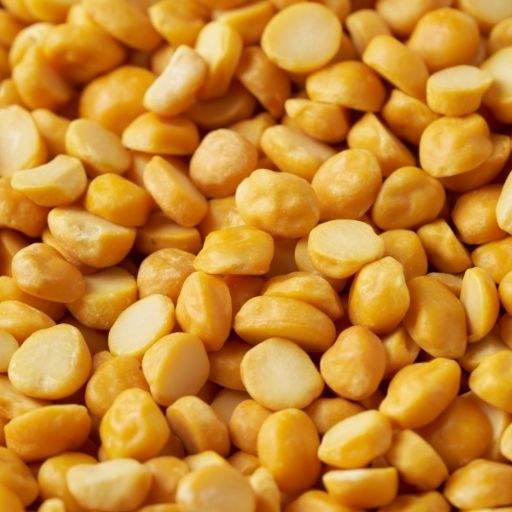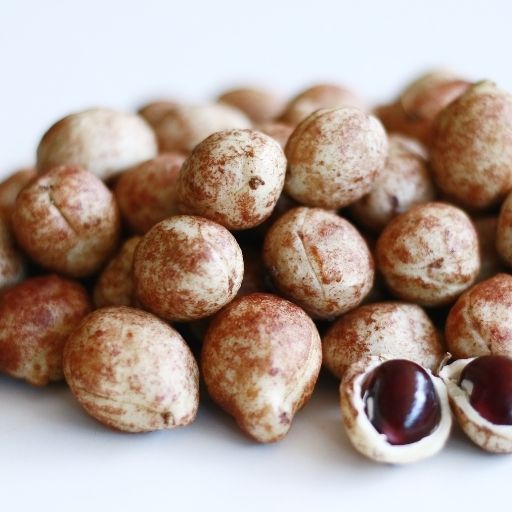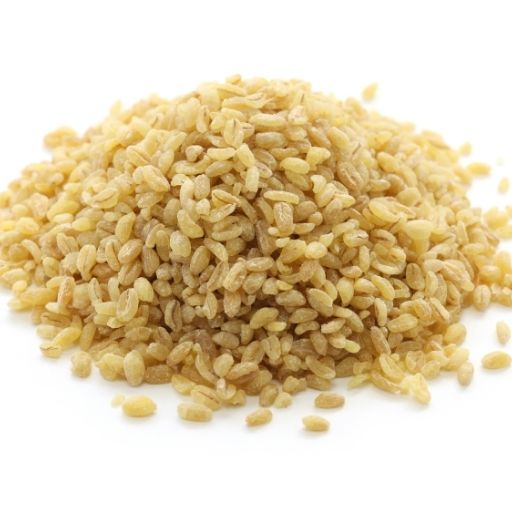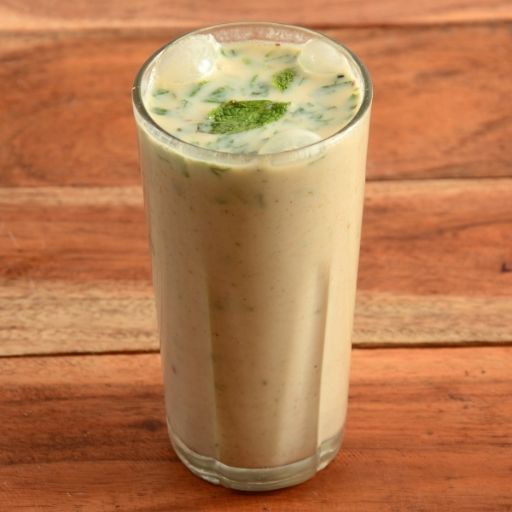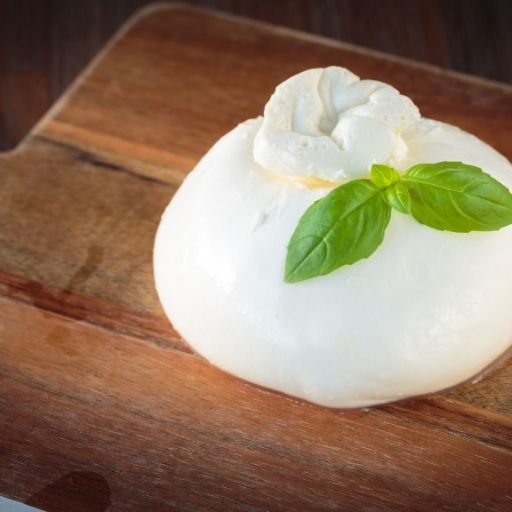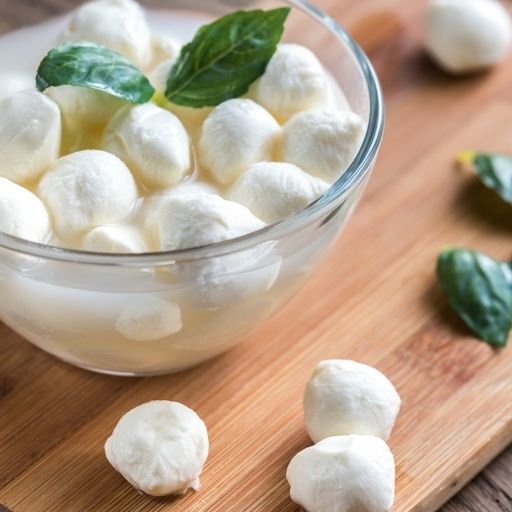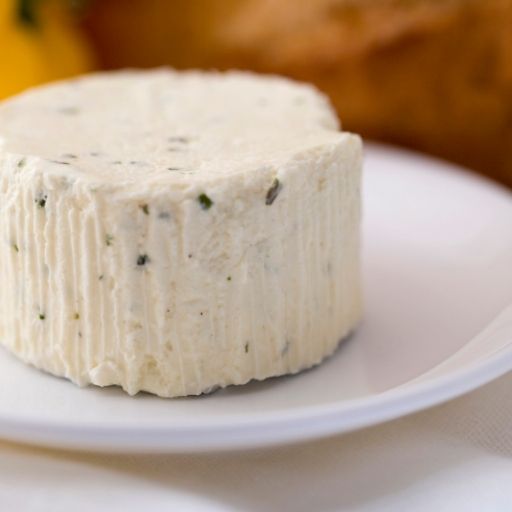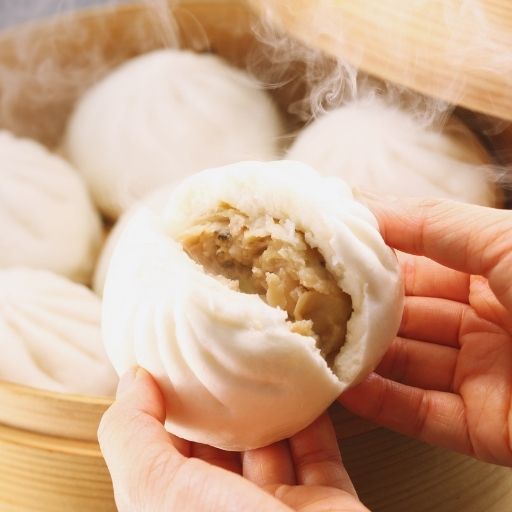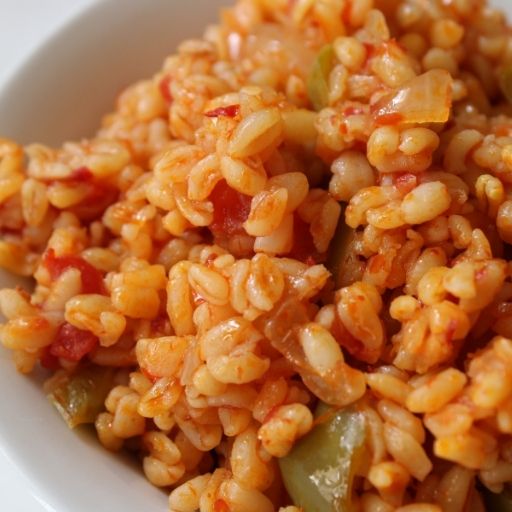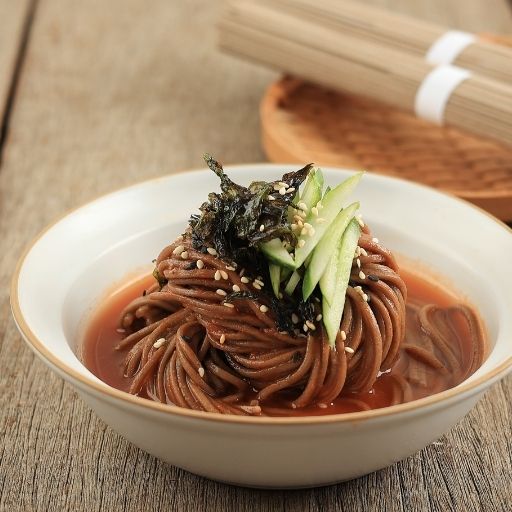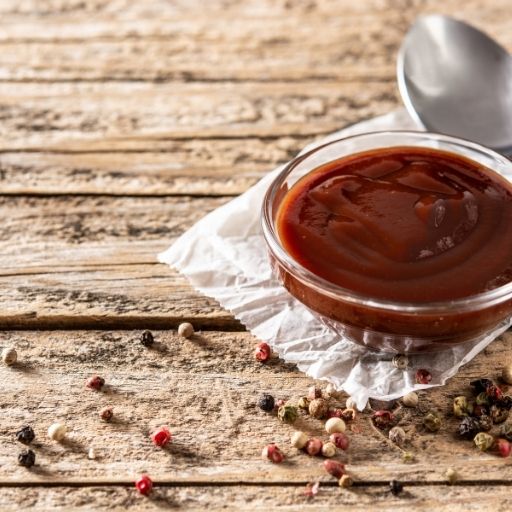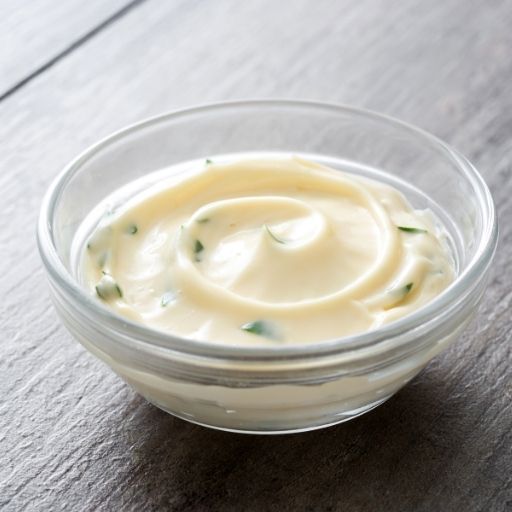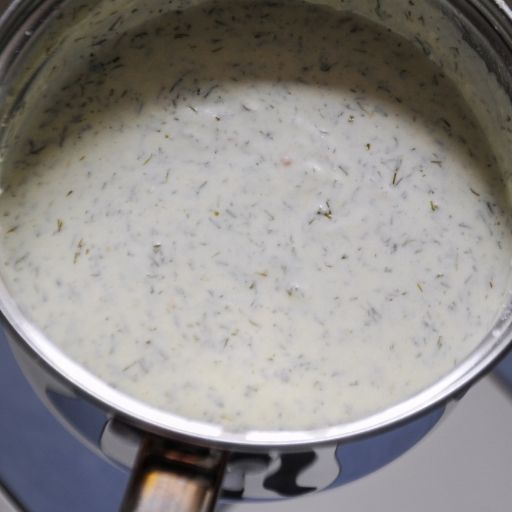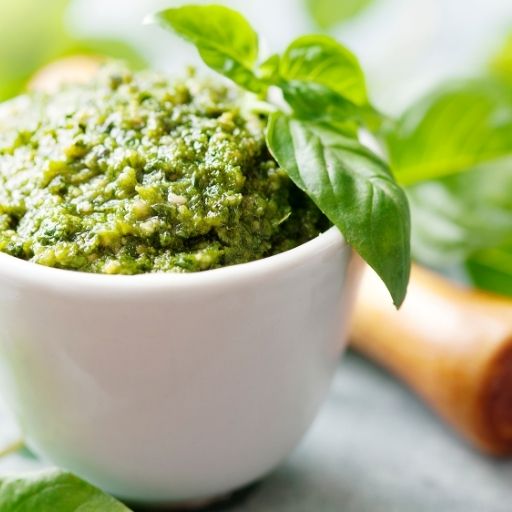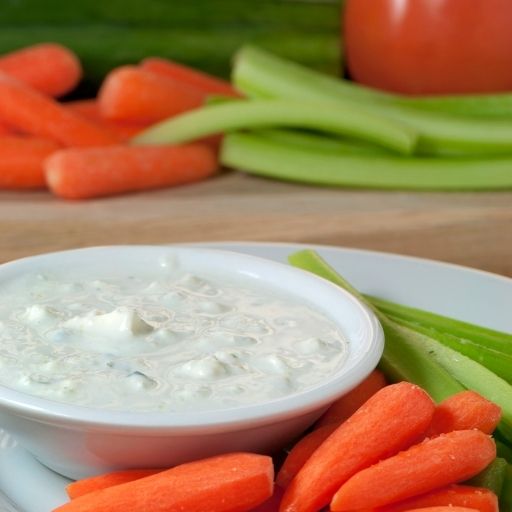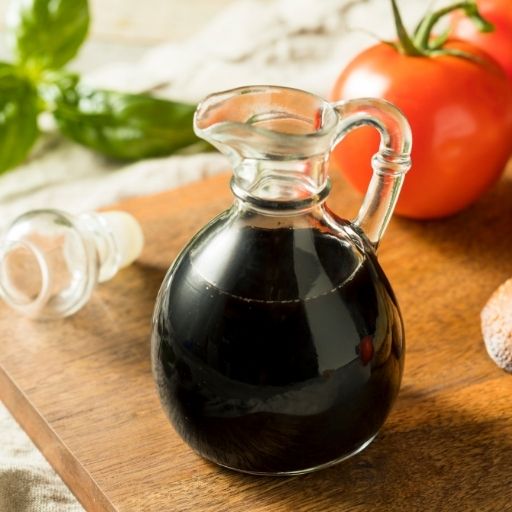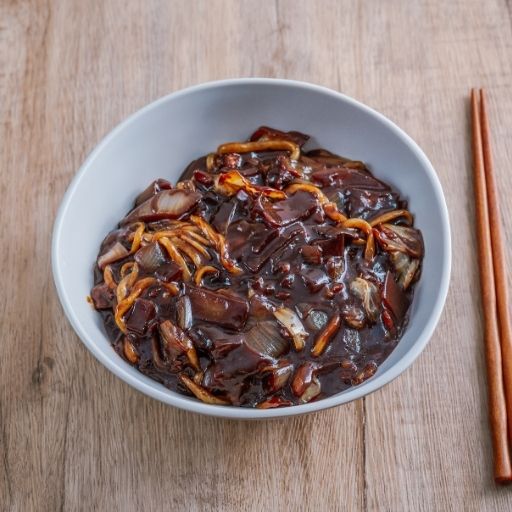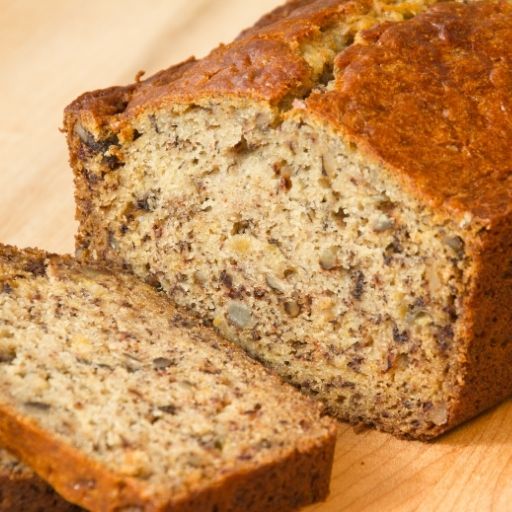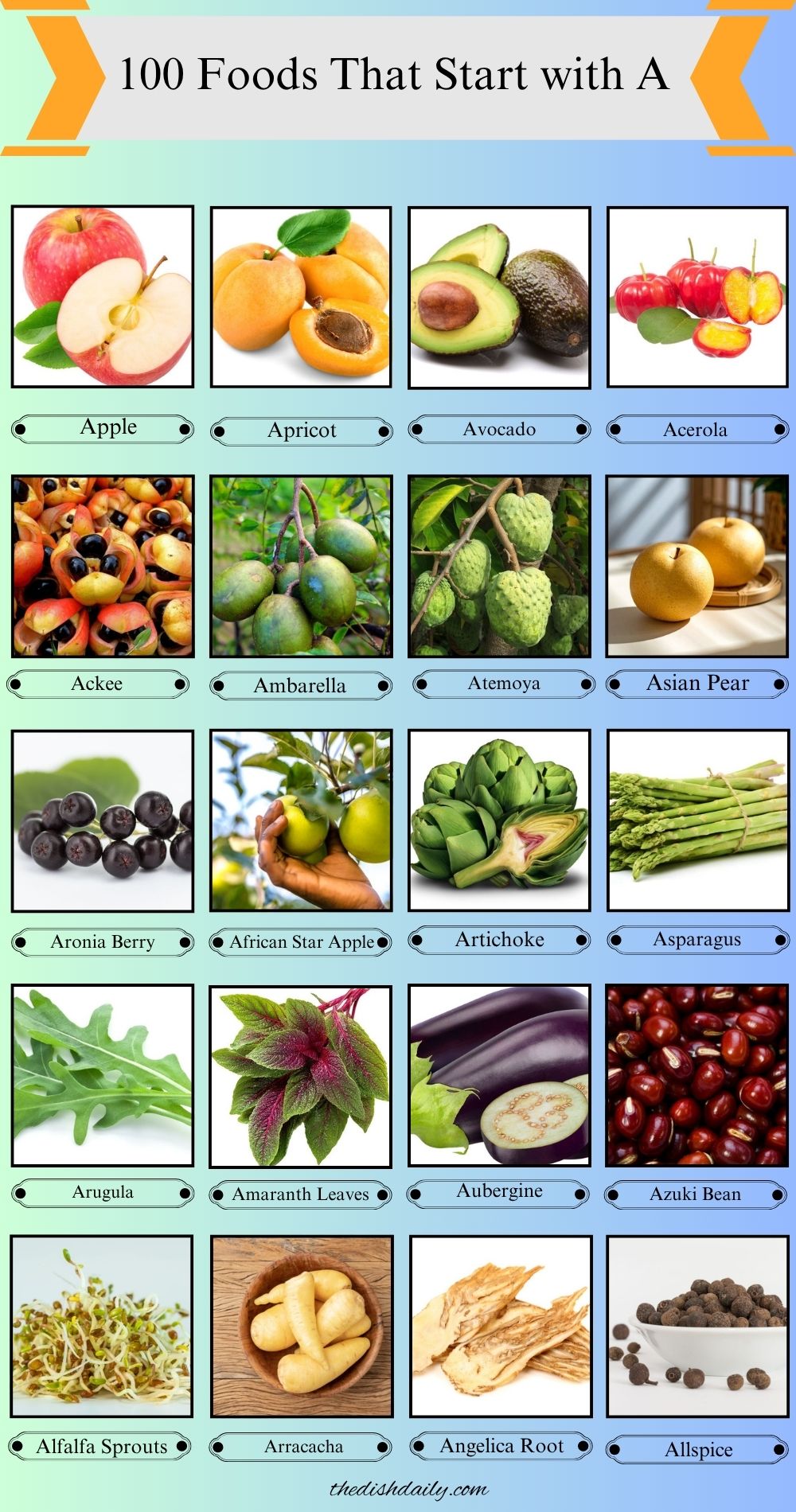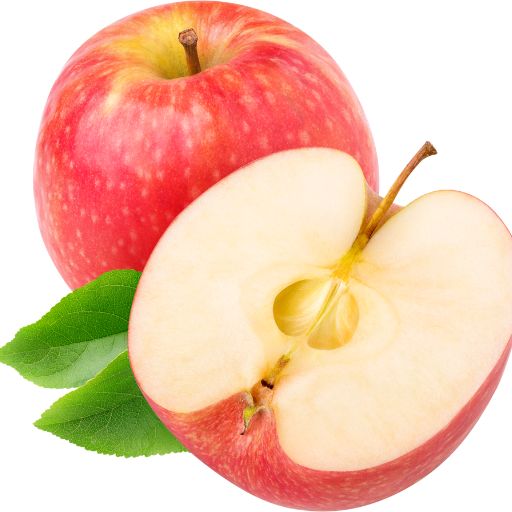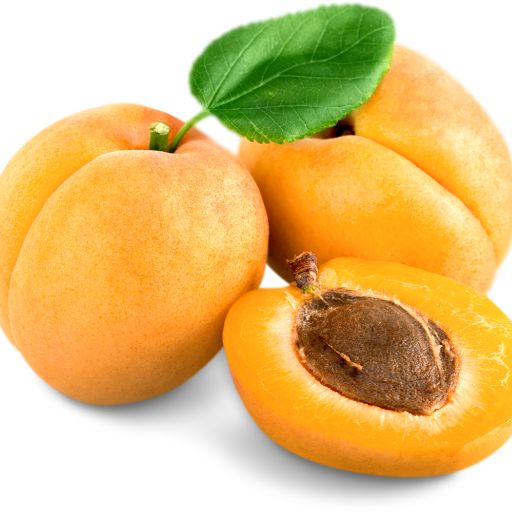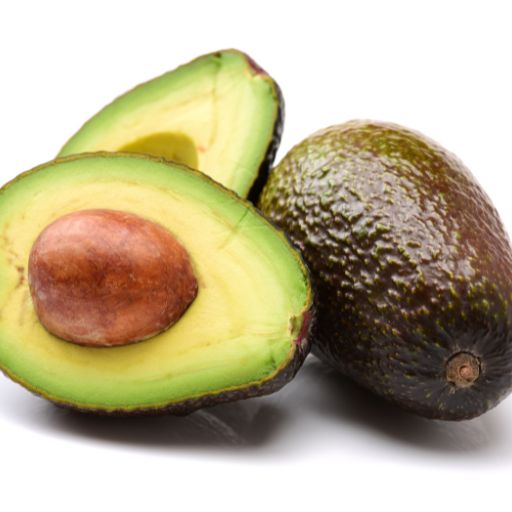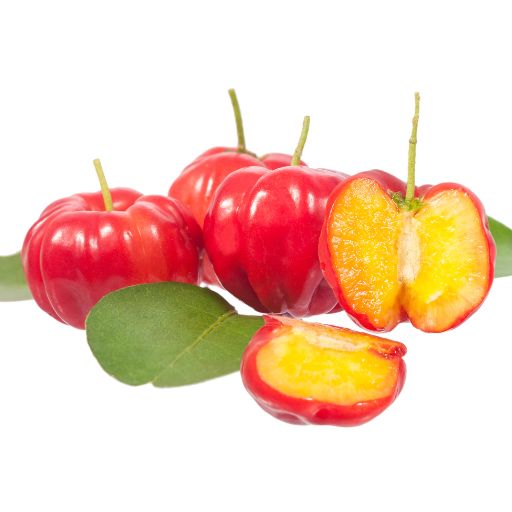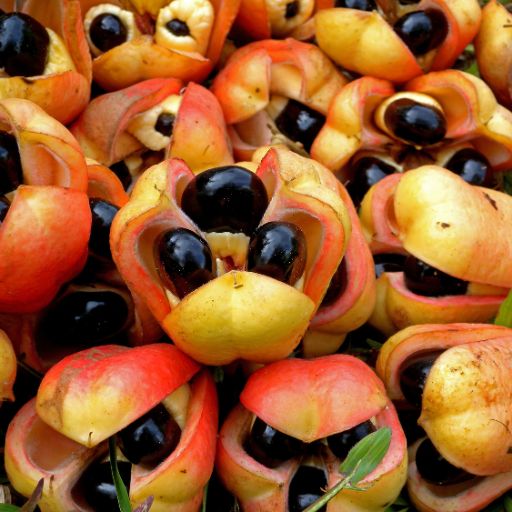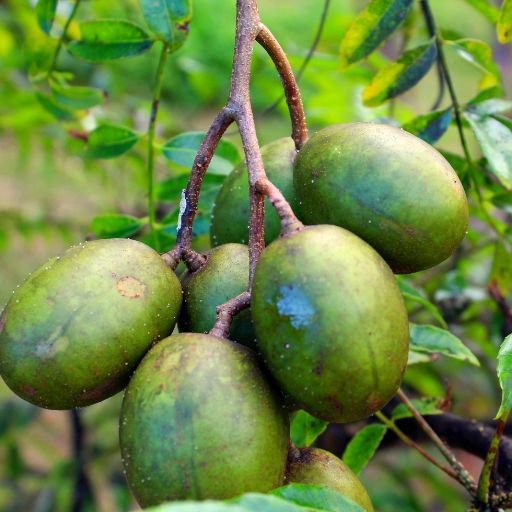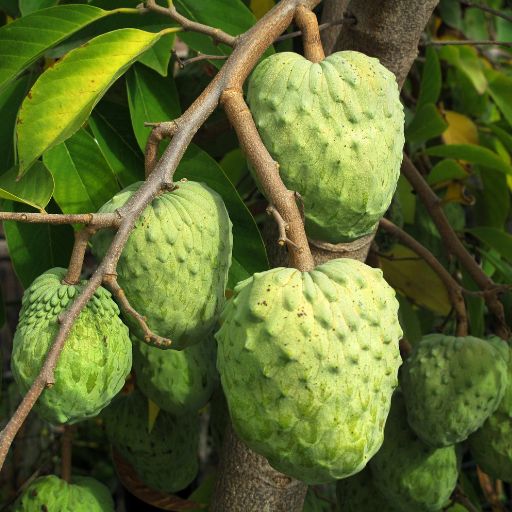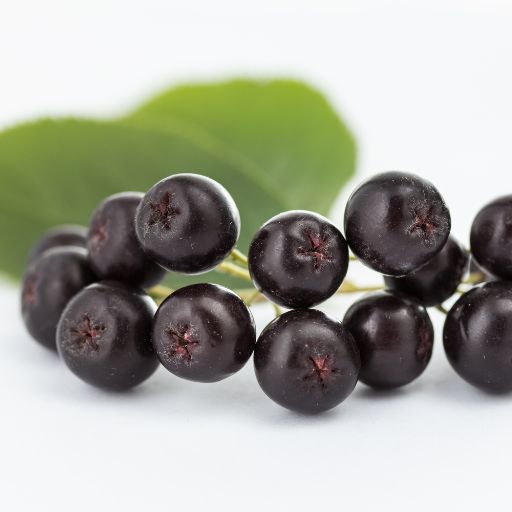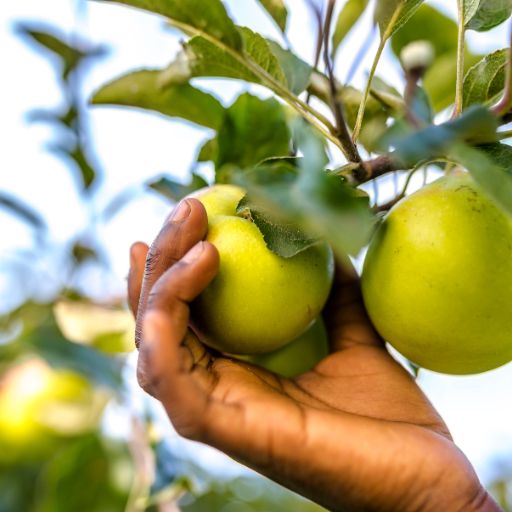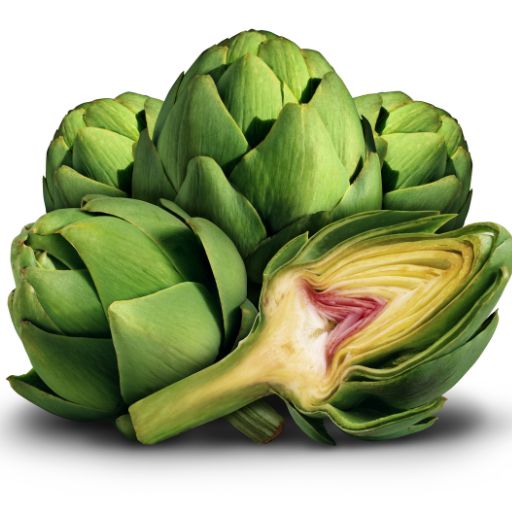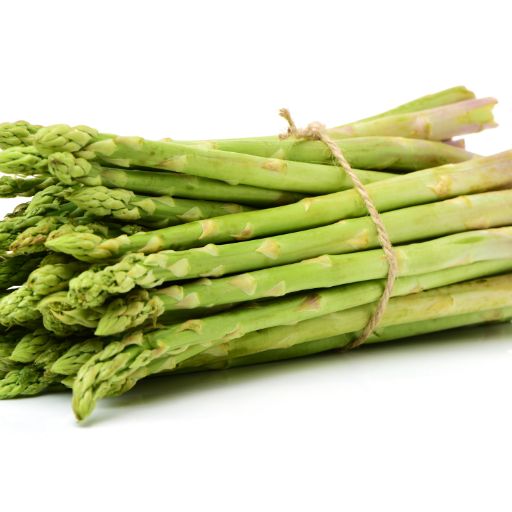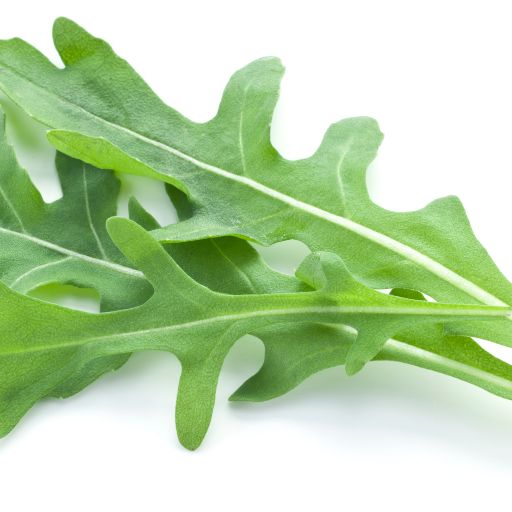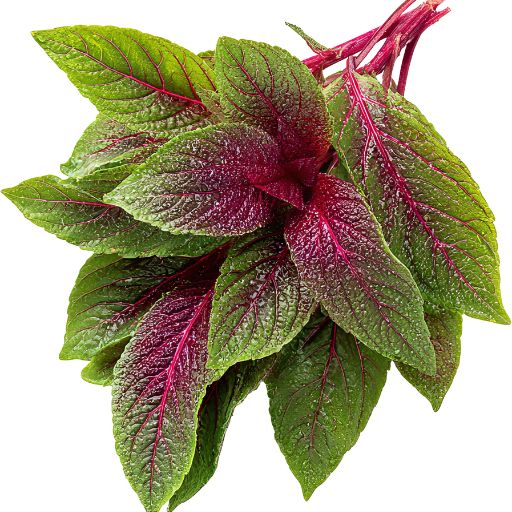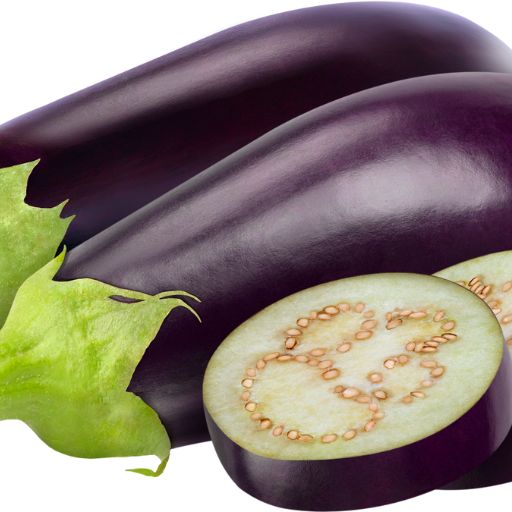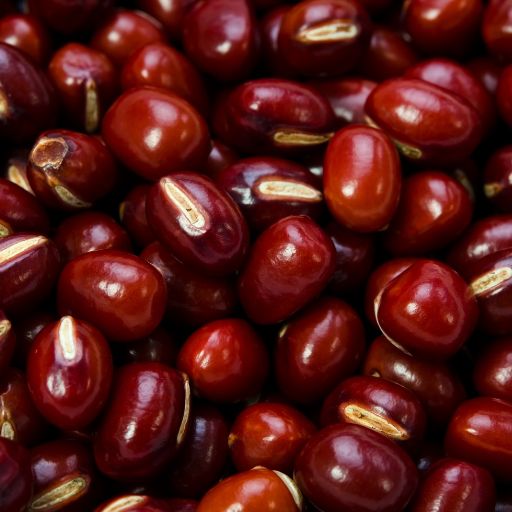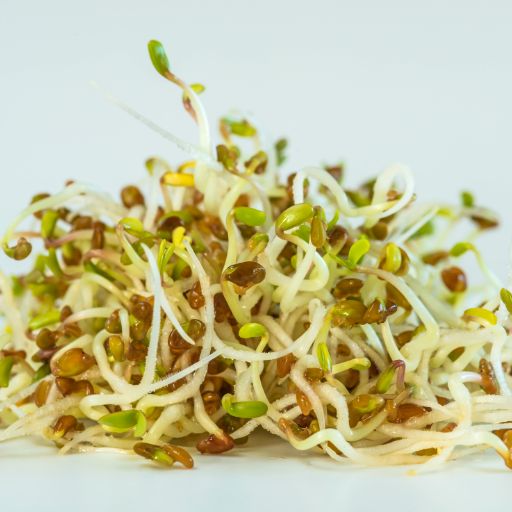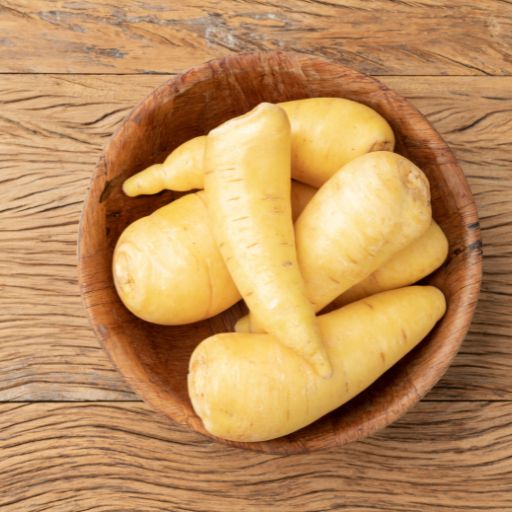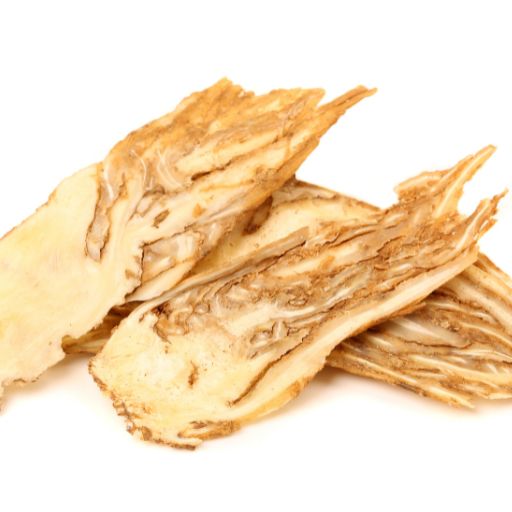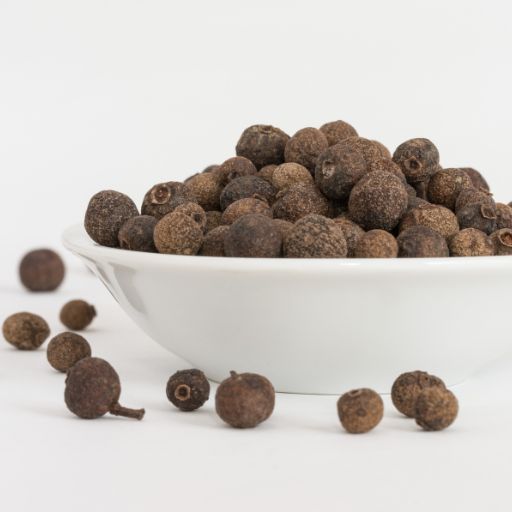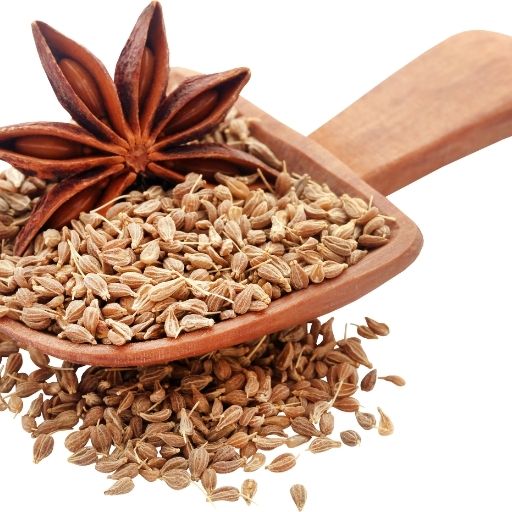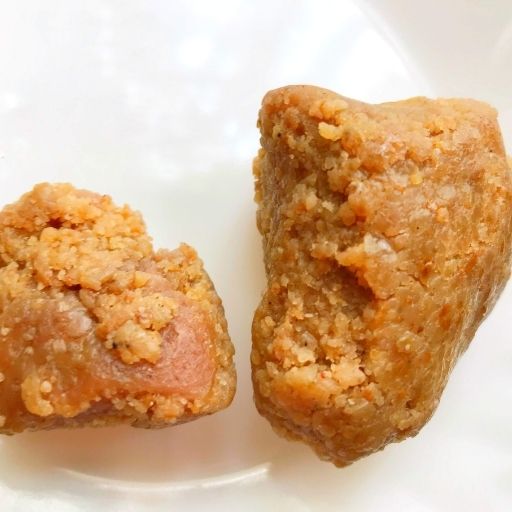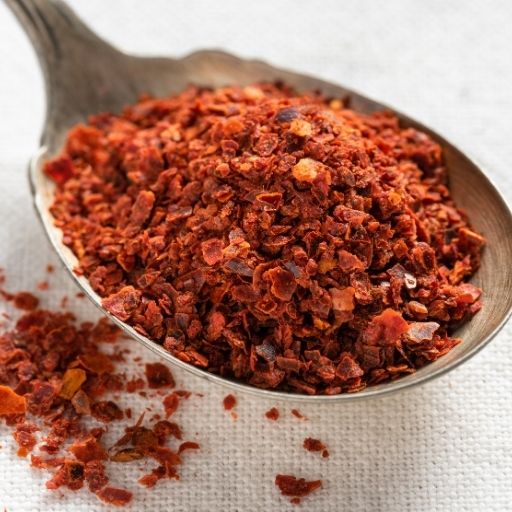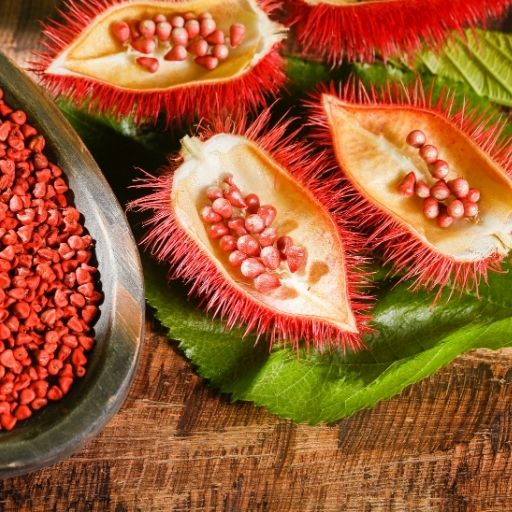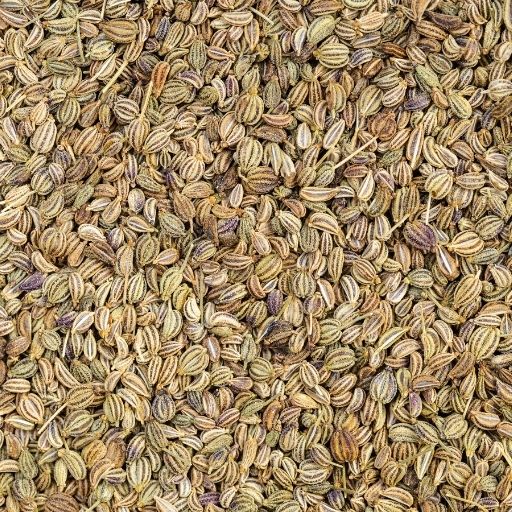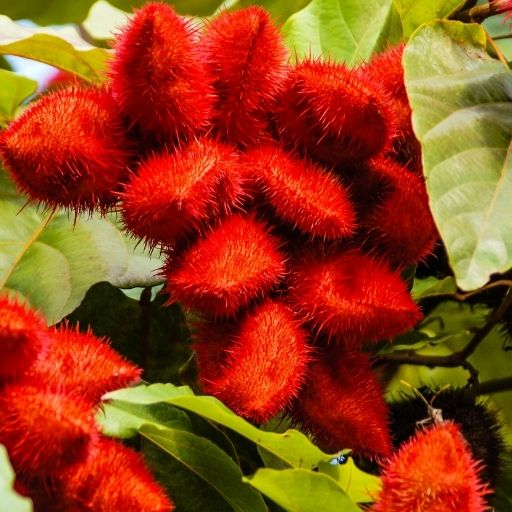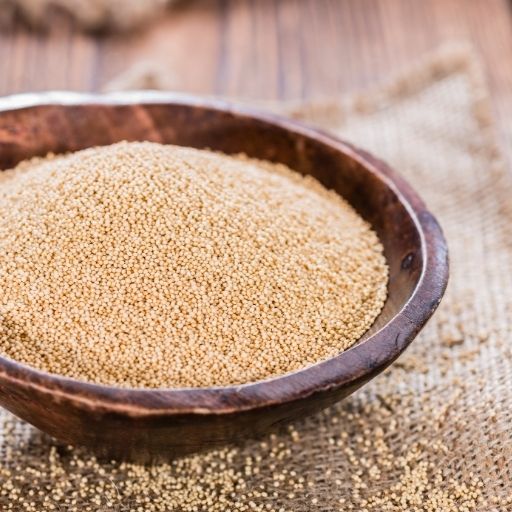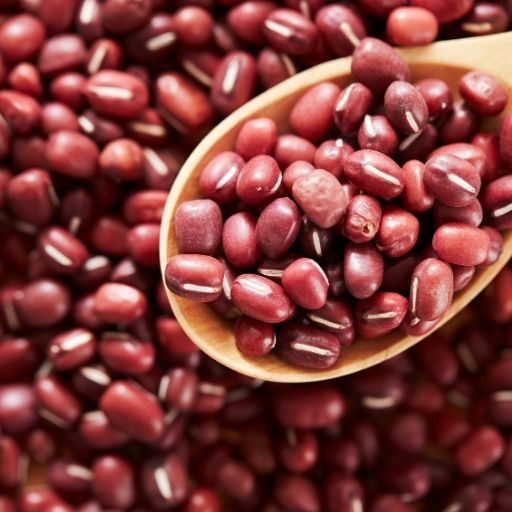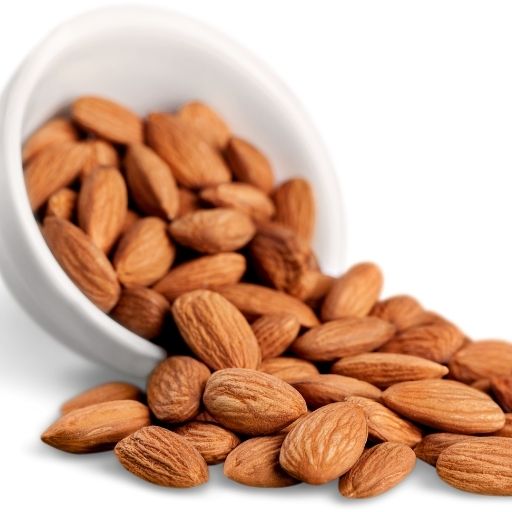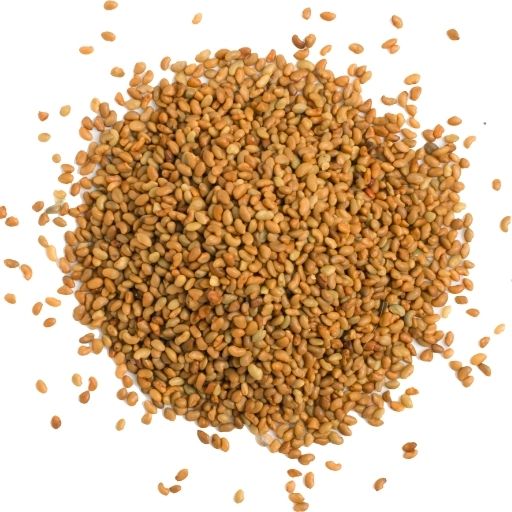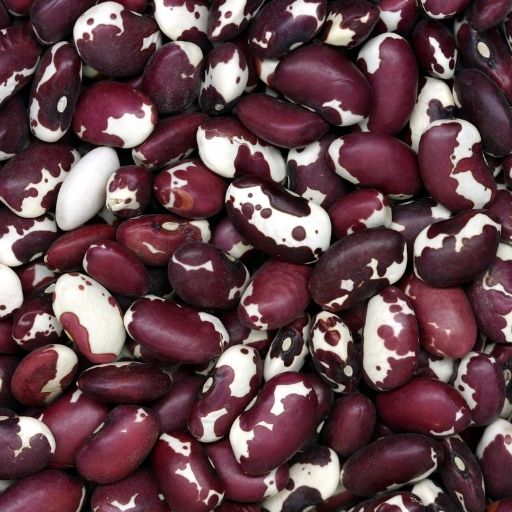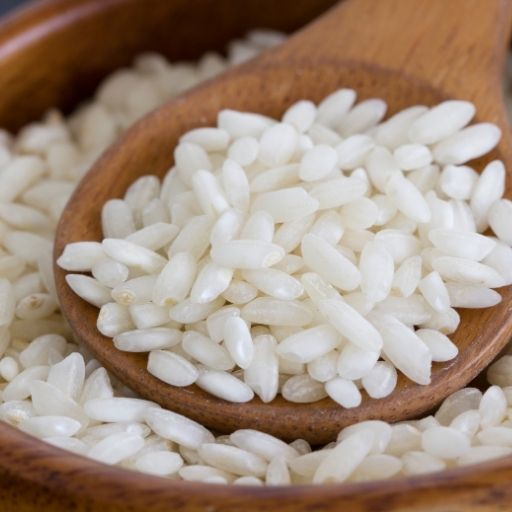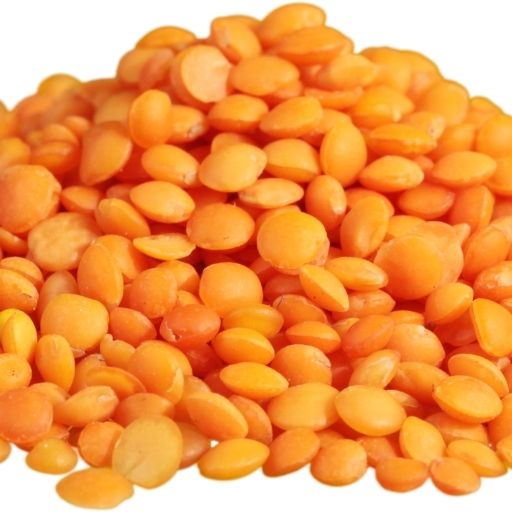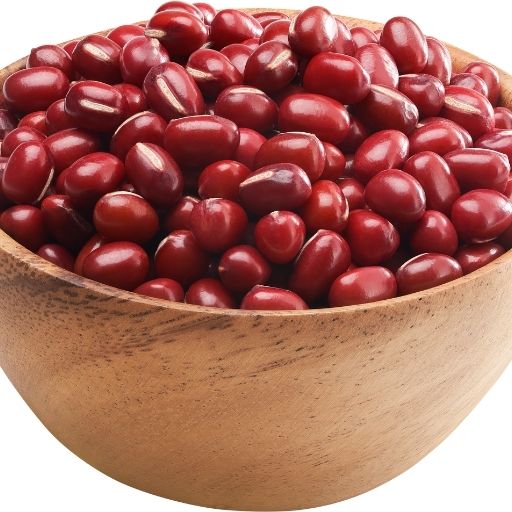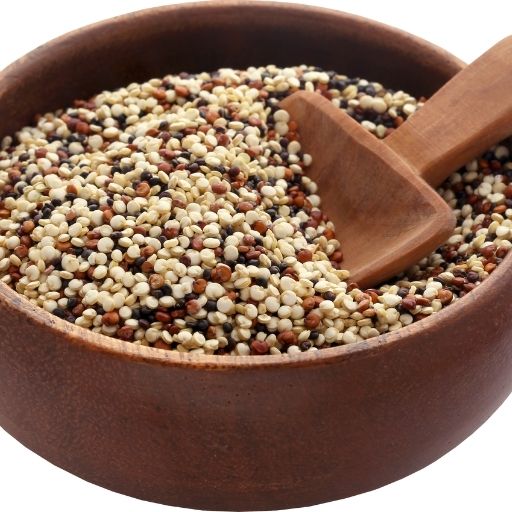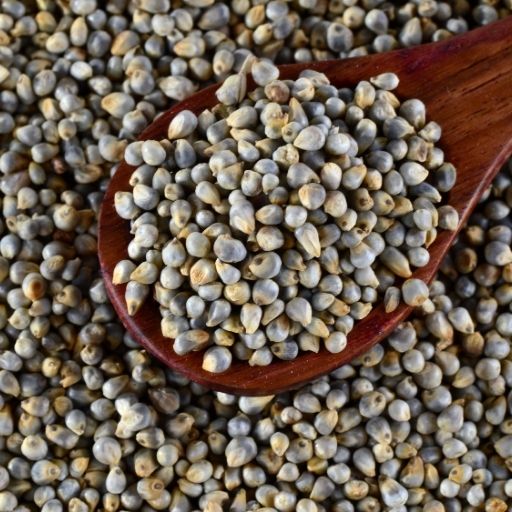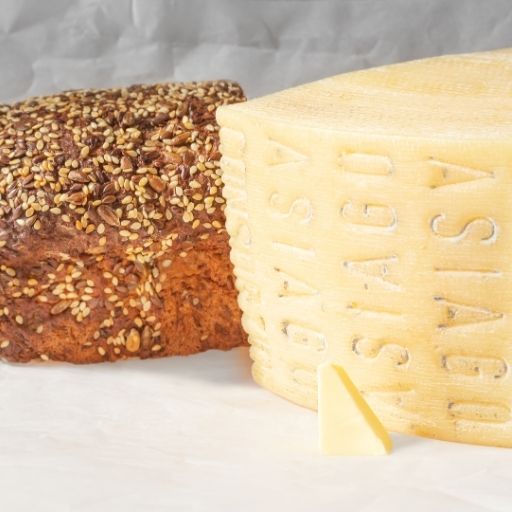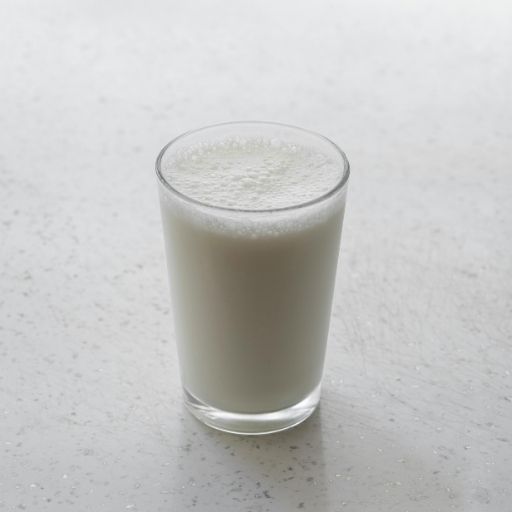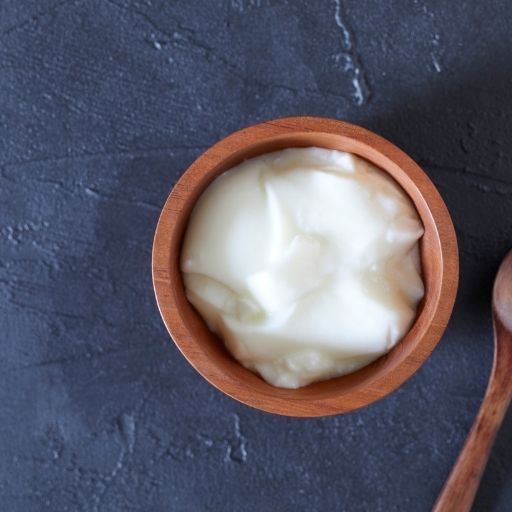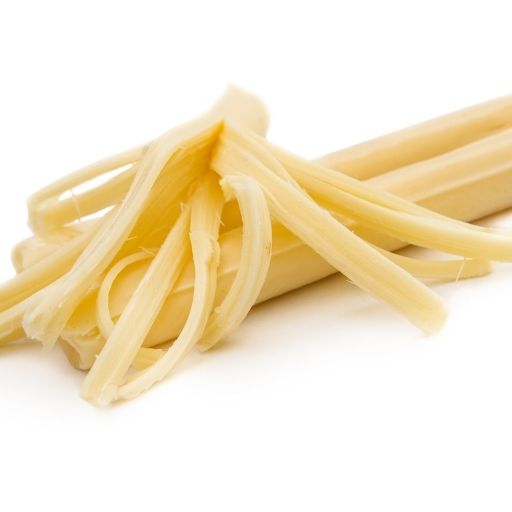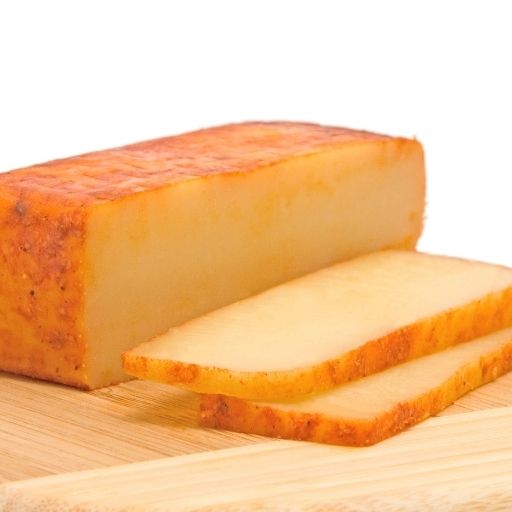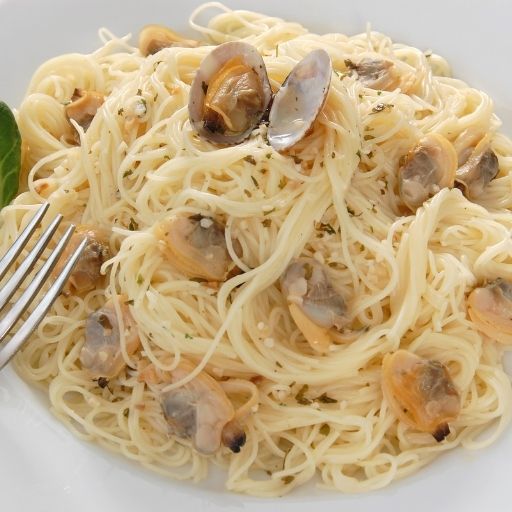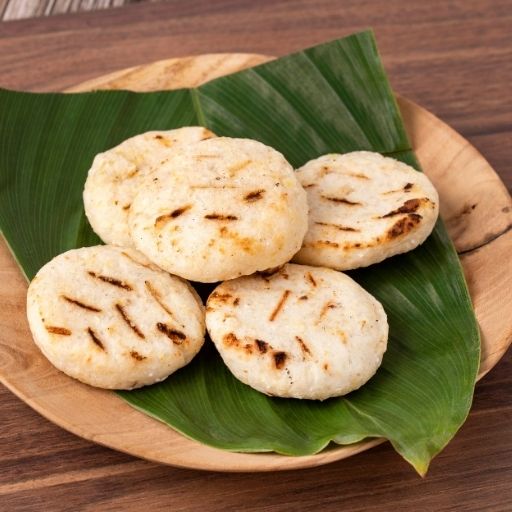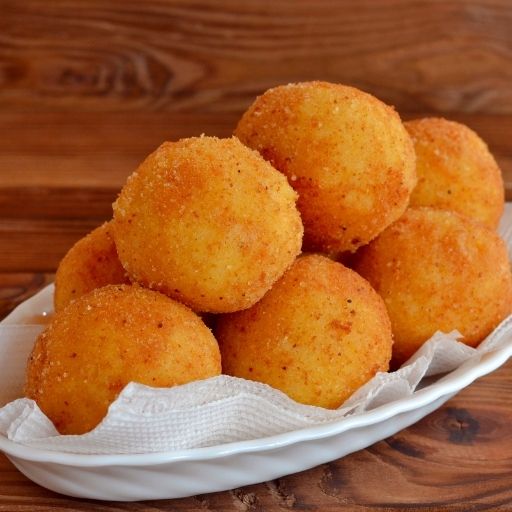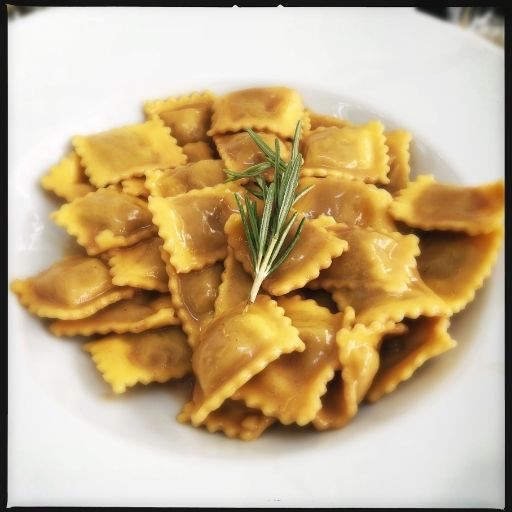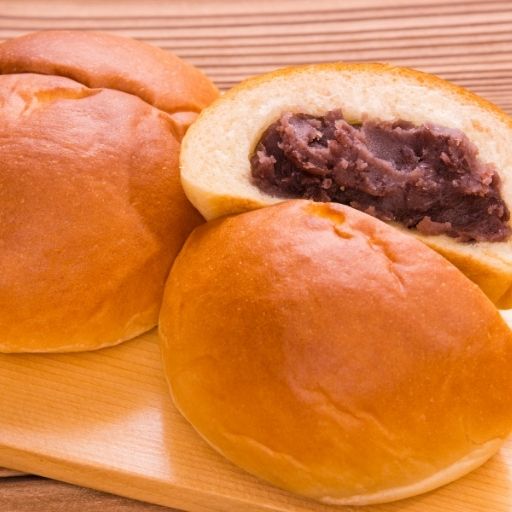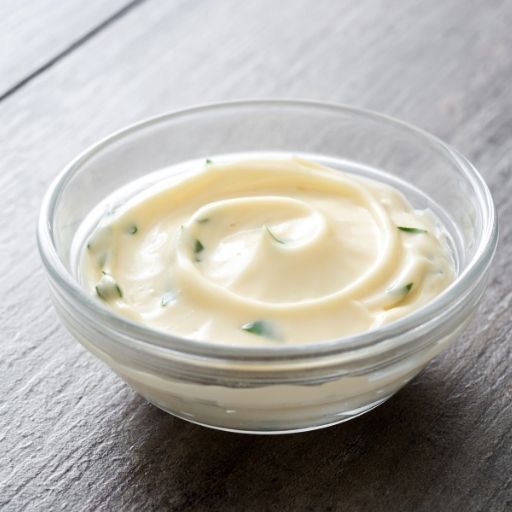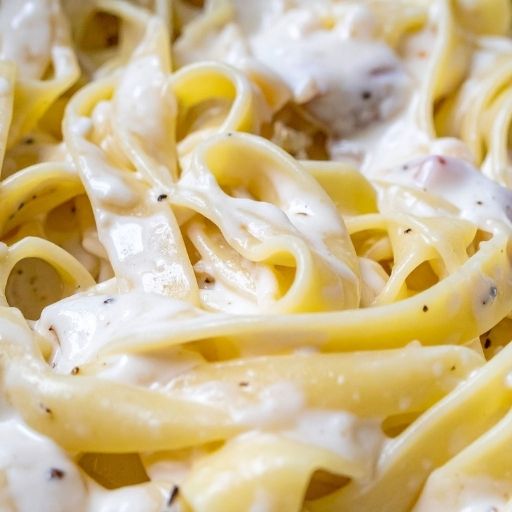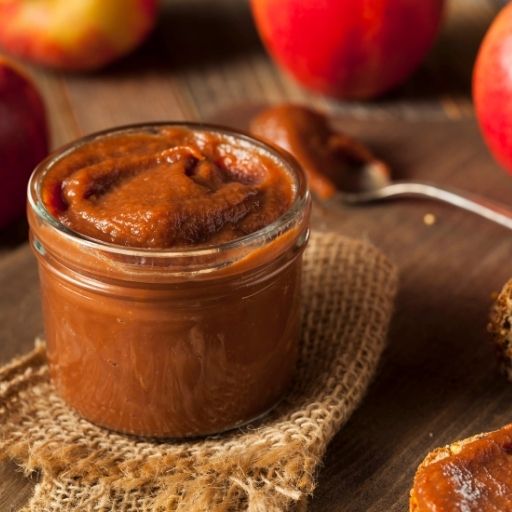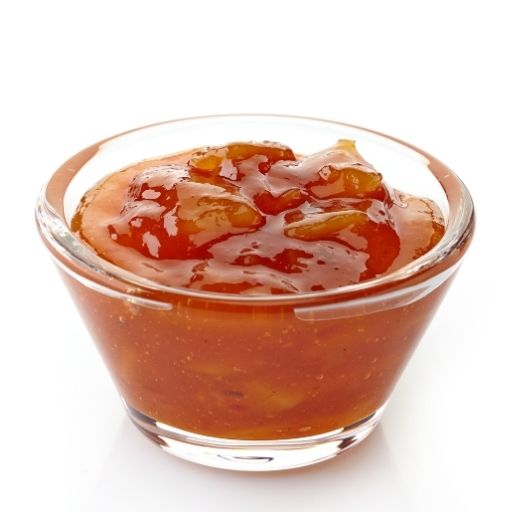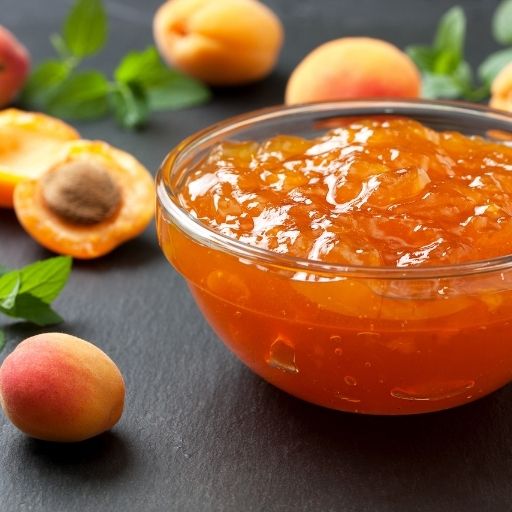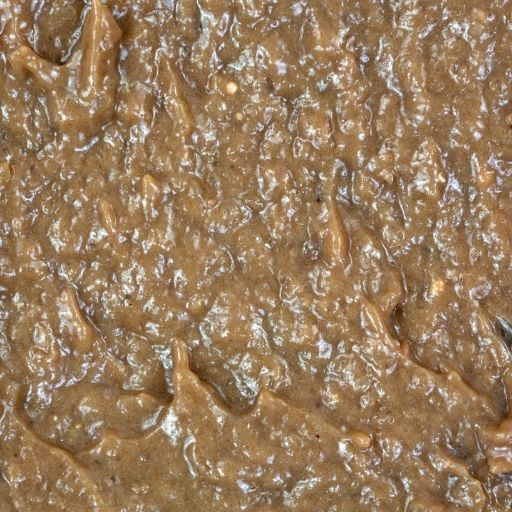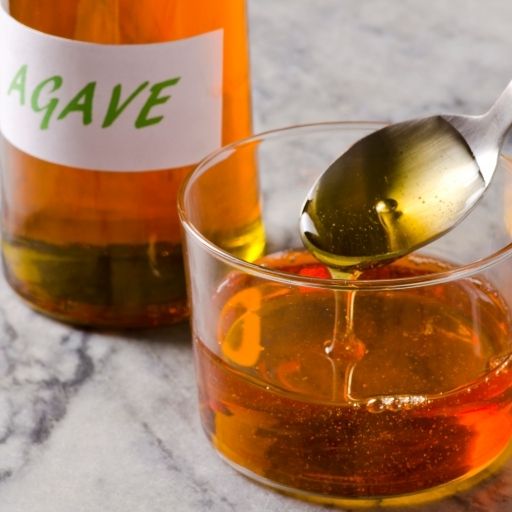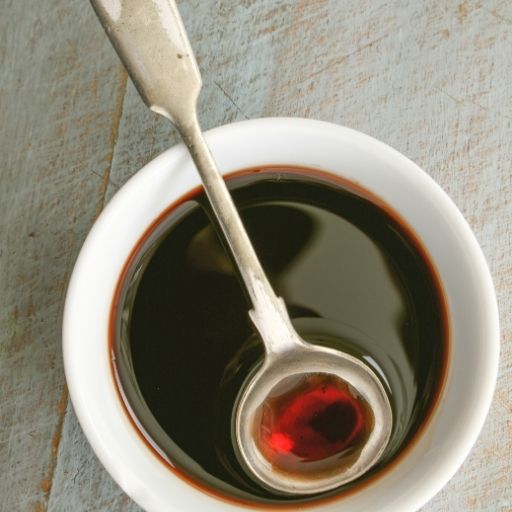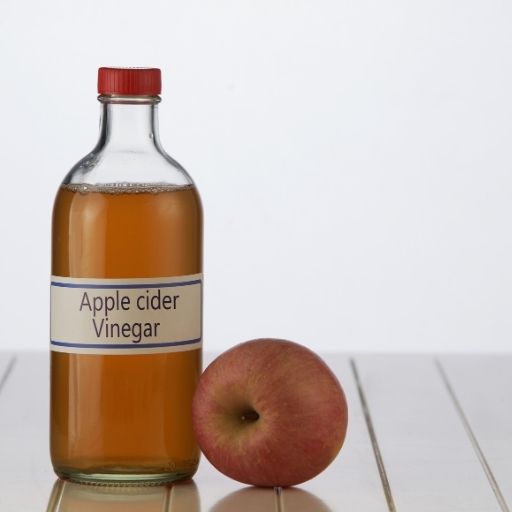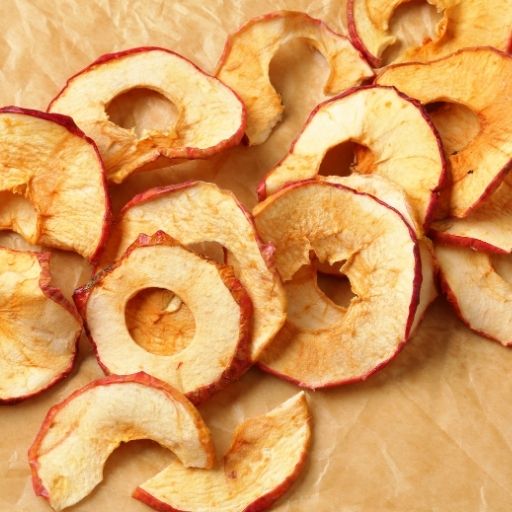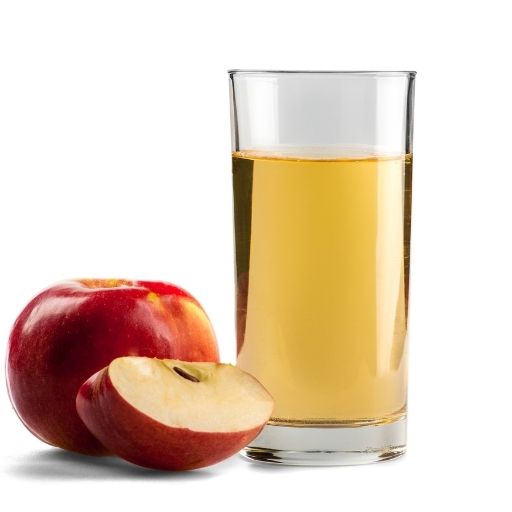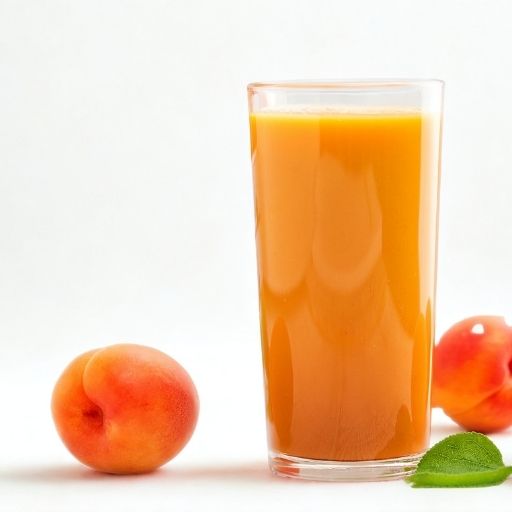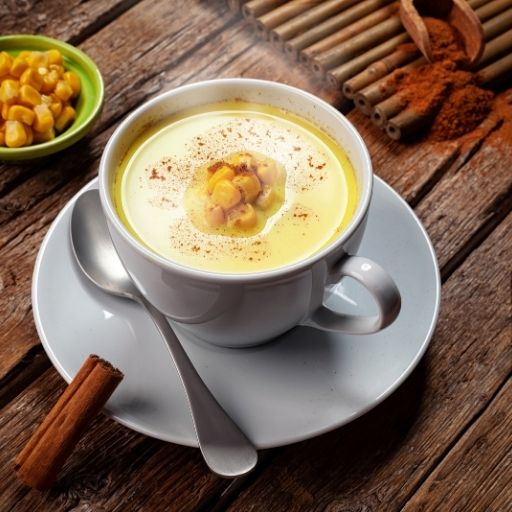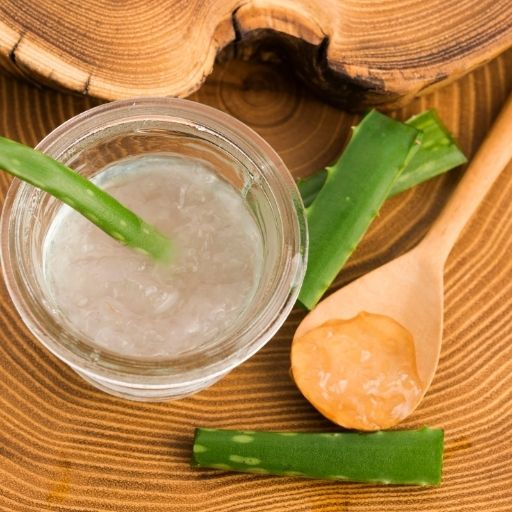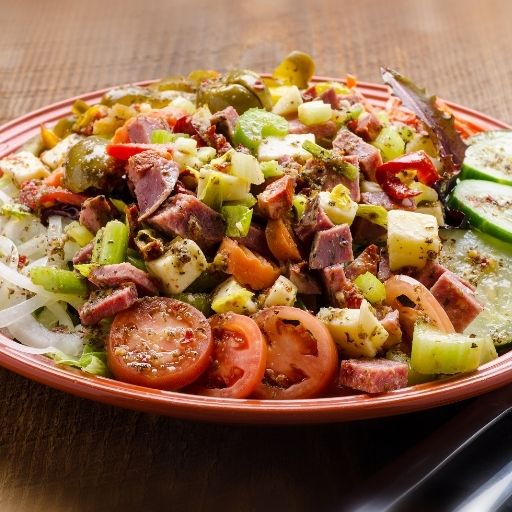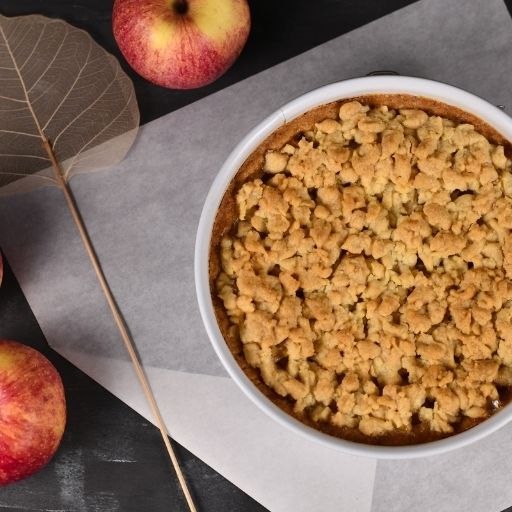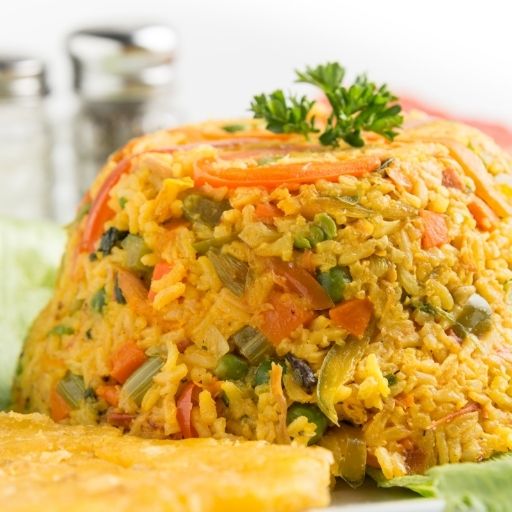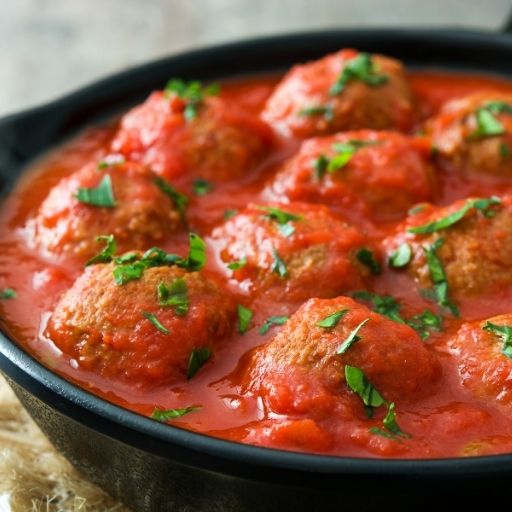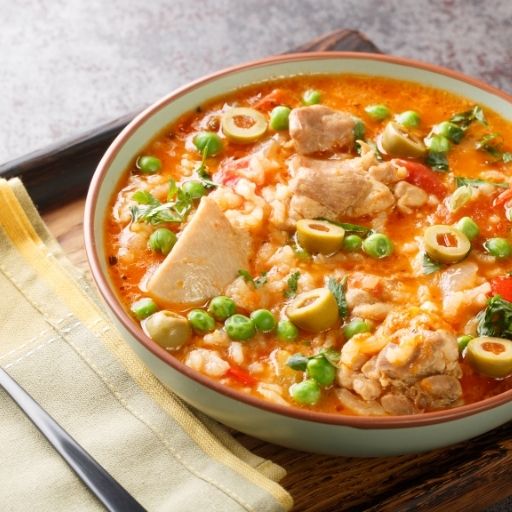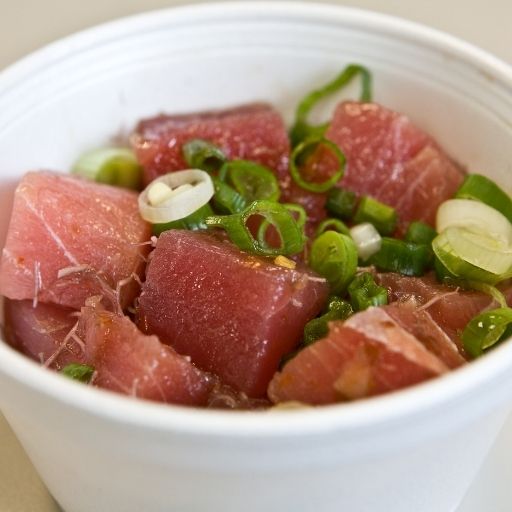Curious about all the delicious foods that begin with the letter C? From creamy cheeses and crunchy carrots to comforting casseroles and cool cocktails, this list of 100 foods celebrates everything tasty that starts with “C.” You’ll explore fruits, vegetables, grains, dairy, spices, and even full dishes and drinks from around the world. Whether you’re a home cook, trivia lover, or foodie adventurer, there’s something here to spark your curiosity. Get ready to uncover new flavors, cooking ideas, and inspiration that will make you see the letter C in a whole new light!
Foods that start with C
FRUITS
1. Cantaloupe

Cantaloupe, native to Persia and widely grown in the U.S. and Mediterranean regions, has sweet, fragrant orange flesh and a refreshing flavor. It’s in peak season during summer. Packed with vitamin C, potassium, and hydration benefits, it supports skin and immune health. Commonly enjoyed fresh, in fruit salads, or blended into smoothies. (Cucumis melo var. cantalupensis)
2. Cherry
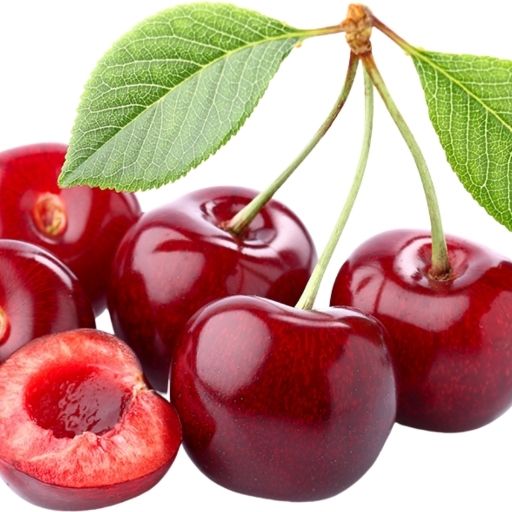
Cherries originated in Europe and Western Asia and are now grown globally in temperate climates. They have a sweet-tart flavor that varies between dark and light varieties. Harvested in late spring through midsummer, cherries are rich in antioxidants that aid sleep and heart health. Popular in pies, jams, and cocktails. (Prunus avium)
3. Clementine

Clementines were first cultivated in Algeria and are prized for their easy-to-peel skin and juicy, sweet taste. Their season runs from November to February. High in vitamin C, they boost immunity and hydration. Often eaten fresh or added to salads and desserts. (Citrus × clementina)
4. Cranberry
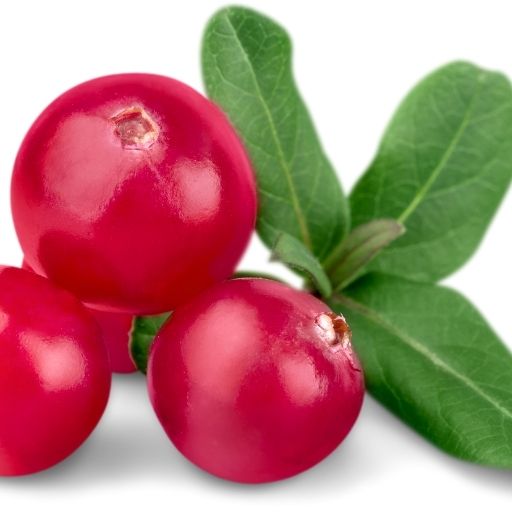
Cranberries are native to North America, thriving in cooler bog regions. They have a tart, tangy flavor and are harvested in fall. Packed with vitamin C and antioxidants, they support urinary tract and heart health. Used in sauces, juices, and baked goods. (Vaccinium macrocarpon)
5. Currant
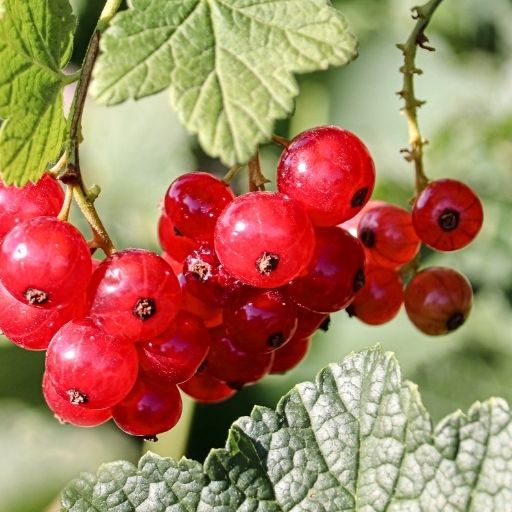
Currants, native to Europe and Asia, come in red, black, and white varieties with a tart-sweet taste. They’re typically in season from June to August. High in vitamin C and iron, they boost immunity and energy levels. Commonly used in jams, pastries, and teas. (Ribes rubrum)
6. Coconut
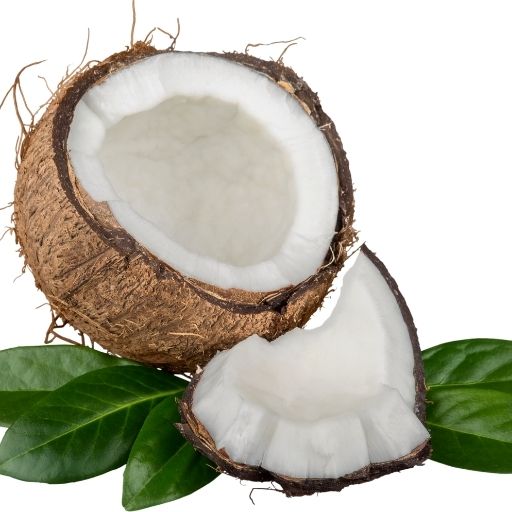
Coconuts are native to tropical Asia and the Pacific islands, known for their mildly sweet, nutty flavor. They’re available year-round in warm climates. Rich in electrolytes and healthy fats, coconuts aid hydration and metabolism. Used in curries, desserts, and drinks. (Cocos nucifera)
7. Cactus Pear
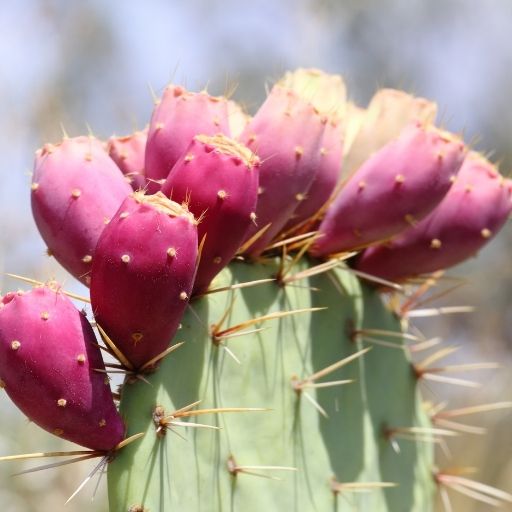
Also called prickly pear, cactus pear grows in arid regions like Mexico and the American Southwest. It has a mildly sweet, melon-like taste with crunchy seeds. In season from late summer to early fall, it’s rich in antioxidants and vitamin C. Eaten fresh, juiced, or made into jams. (Opuntia ficus-indica)
8. Calamansi
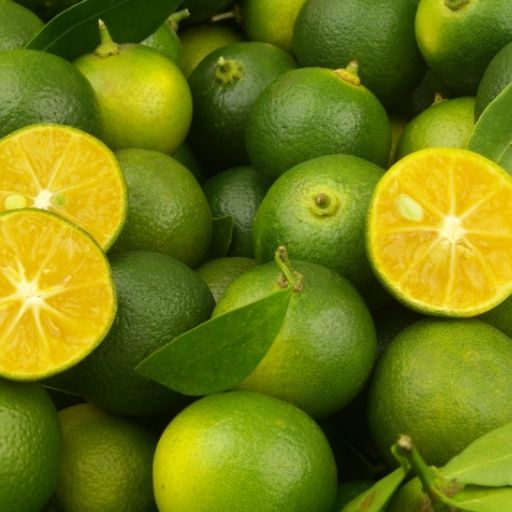
Calamansi, native to the Philippines, is a small citrus fruit with a sour, tangy flavor similar to lime. It’s available year-round in tropical regions. Loaded with vitamin C, it boosts immunity and aids digestion. Often used in marinades, drinks, and sauces. (Citrus microcarpa)
9. Camu Camu
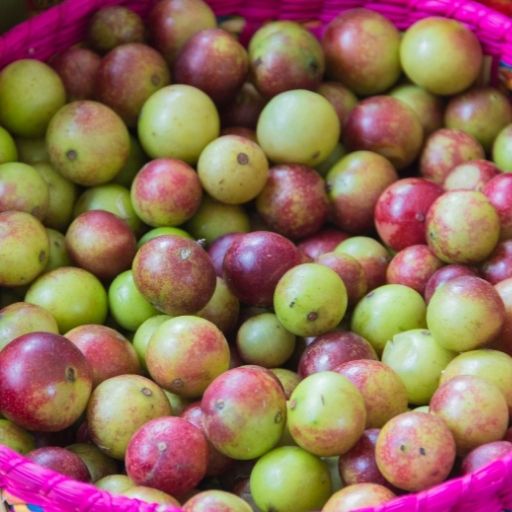
Camu camu is an Amazon rainforest berry with a sharp, sour flavor. Harvested during the rainy season, it’s one of the richest natural sources of vitamin C. It supports immune strength and skin health. Commonly used in juices, powders, and supplements. (Myrciaria dubia)
10. Cape Gooseberry
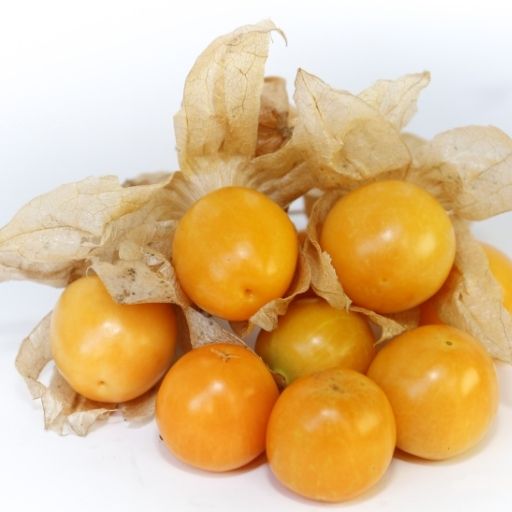
Native to South America, the cape gooseberry has a sweet-tart flavor wrapped in a papery husk. It’s in season from late summer to autumn. High in vitamin A and antioxidants, it promotes eye and immune health. Enjoyed in jams, desserts, or as a snack. (Physalis peruviana)
11. Carambola (Starfruit)
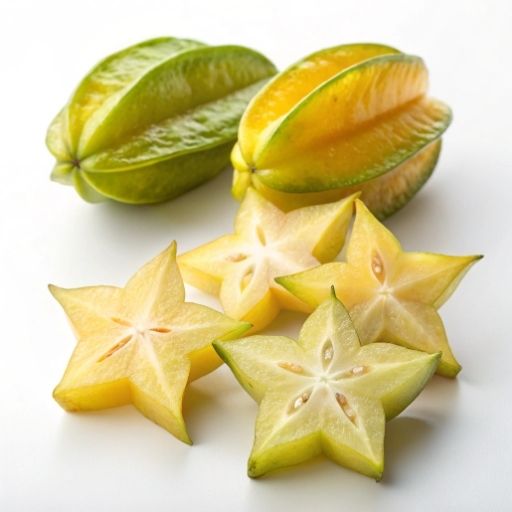
Carambola, or starfruit, comes from Southeast Asia and is loved for its star-shaped slices and crisp, juicy texture. It has a sweet-tart taste and is in season from late summer through winter. Rich in vitamin C and fiber, it promotes immunity and digestion. Often eaten fresh, in salads, or as a garnish. (Averrhoa carambola)
12. Cashew Apple
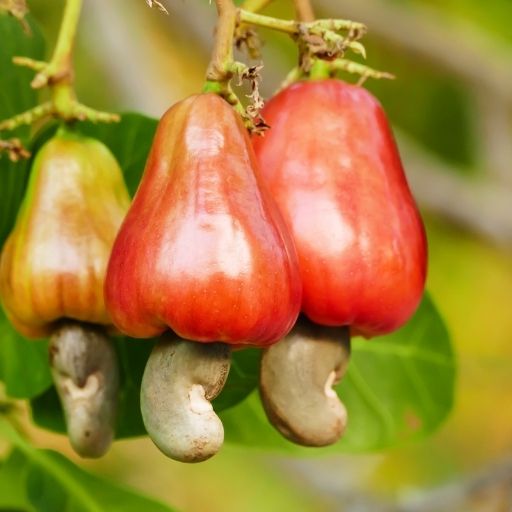
Native to Brazil, the cashew apple is the fleshy part attached to the cashew nut. It tastes sweet and slightly astringent with tropical notes. Harvested in spring, it’s high in vitamin C and antioxidants. Used in juices, jams, and fermented drinks like feni in India. (Anacardium occidentale)
13. Chayote Fruit
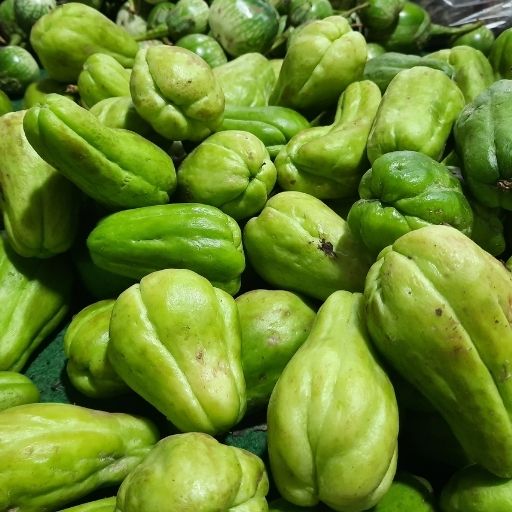
Chayote, originally from Central America, is a green pear-shaped fruit that tastes mild and crisp, similar to cucumber or squash. It’s in season from late summer to early winter. Low in calories and rich in vitamin C, it supports hydration and digestion. Commonly used in stews, salads, and stir-fries. (Sechium edule)
14. Cherimoya
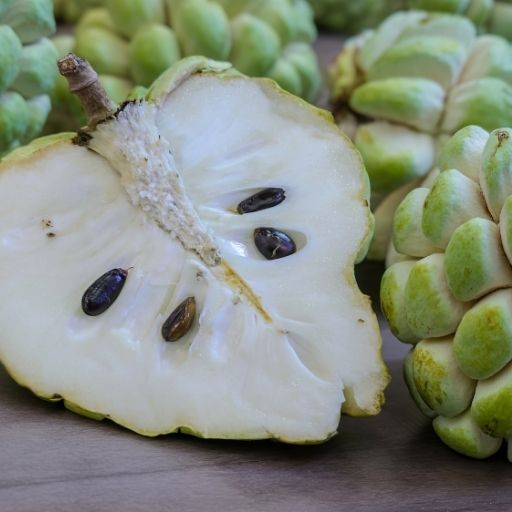
Cherimoya, native to the Andes, has creamy white flesh and a tropical flavor blend of banana, pineapple, and strawberry. It’s in season from late fall to spring. Packed with vitamin B6 and antioxidants, it supports brain and heart health. Often eaten chilled or blended into smoothies. (Annona cherimola)
15. Cloudberry
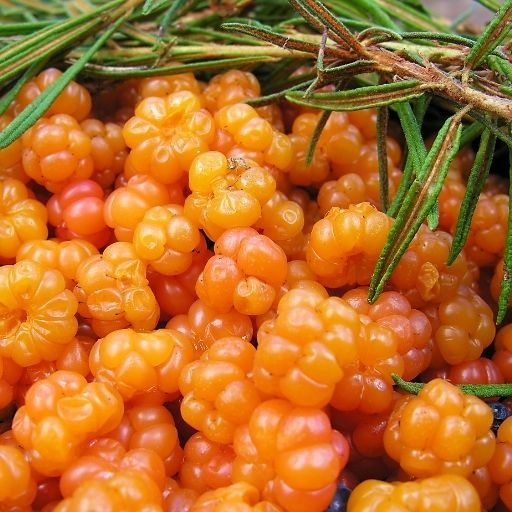
Cloudberries grow in arctic and alpine regions of Scandinavia and Canada. They have a tangy, honey-like flavor and are harvested in mid to late summer. Rich in vitamin C and omega fatty acids, they promote skin health and immunity. Used in jams, liqueurs, and desserts. (Rubus chamaemorus)
16. Crabapple
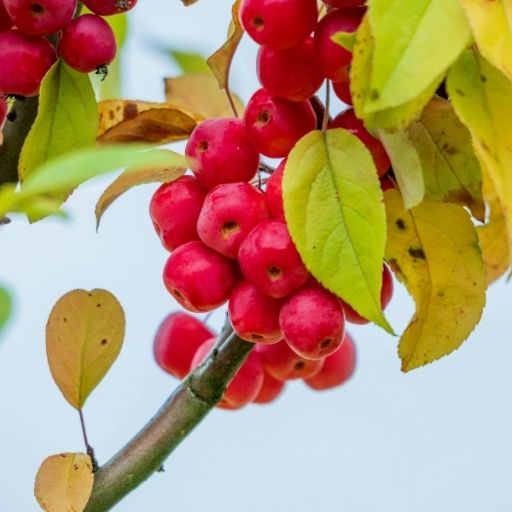
Crabapples are native to Europe and North America and have a tart, puckery taste. They ripen in late summer and early fall. High in pectin and vitamin C, they aid digestion and immunity. Often made into jellies, ciders, and preserves. (Malus sylvestris)
17. Custard Apple
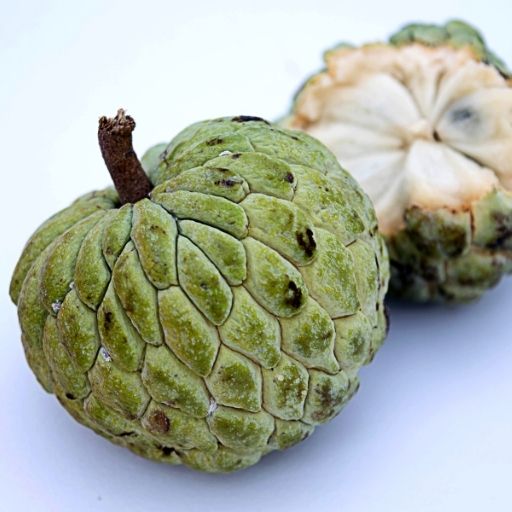
Custard apple, also known as sugar apple, originated in tropical America. It has creamy, sweet flesh with a custard-like texture and is in season during fall. Packed with vitamin C and potassium, it supports immunity and heart health. Enjoyed fresh or in smoothies and ice creams. (Annona squamosa)
18. Cempedak
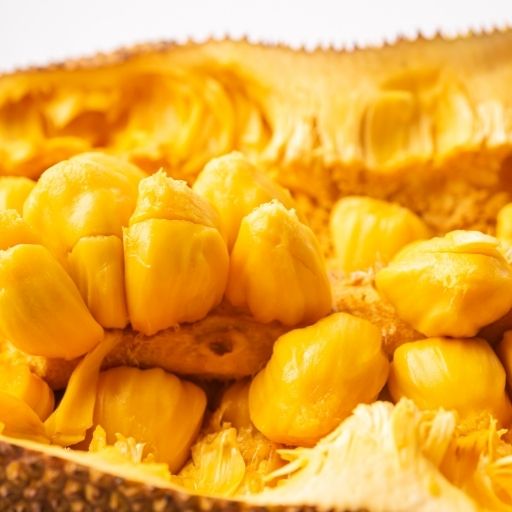
Cempedak is a tropical fruit from Malaysia and Indonesia, similar to jackfruit but smaller. It has a sweet, musky aroma and soft, yellow flesh. In season from July to September, it’s rich in vitamin C and antioxidants. Often eaten fresh or deep-fried as a snack. (Artocarpus integer)
19. Cupuacu
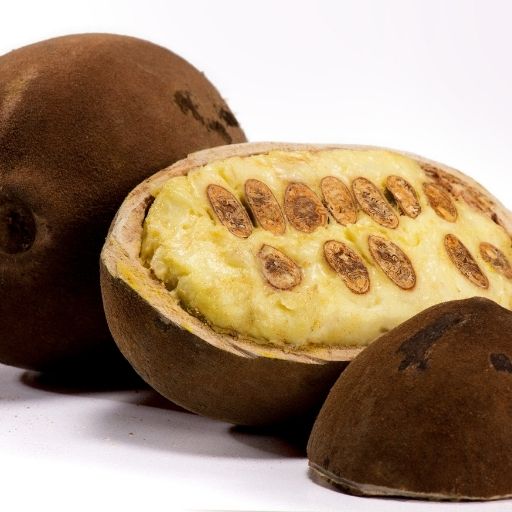
Cupuacu, native to the Amazon rainforest, is a close relative of cacao. It has a creamy pulp with a mix of chocolate and tropical fruit flavors. Available from January to May, it’s high in antioxidants and healthy fats. Used in desserts, smoothies, and body care products. (Theobroma grandiflorum)
20. Citrus

Citrus fruits, including oranges, lemons, and limes, originated in Southeast Asia. They offer a bright, tangy-sweet flavor and are mainly harvested from winter to spring. Rich in vitamin C and flavonoids, they enhance immunity and skin health. Used in juices, marinades, and desserts worldwide. (Citrus × sinensis and related species)
VEGETABLES
21. Carrot
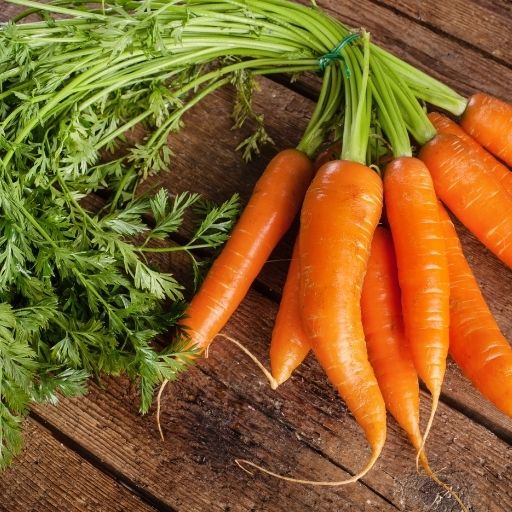
Carrots originated in Persia (modern-day Iran and Afghanistan) and are known for their crisp texture and natural sweetness. They’re harvested year-round, with peak season in winter and early spring. High in beta-carotene and fiber, carrots promote eye and skin health. Commonly eaten raw, roasted, or blended into soups and smoothies. (Daucus carota subsp. sativus)
22. Cabbage
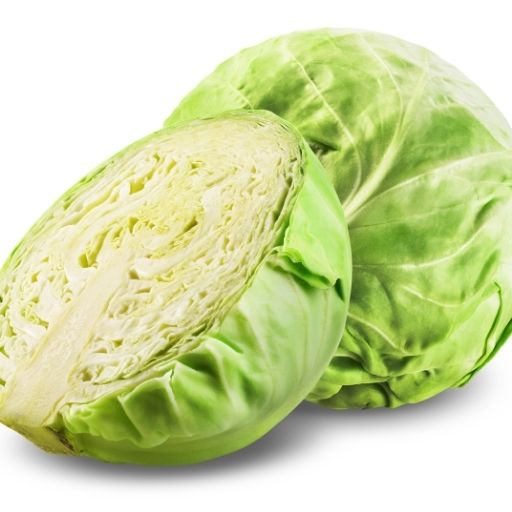
Cabbage, native to Europe, has tightly packed leaves with a mild, peppery flavor. It’s a cool-weather crop, mainly harvested in winter and early spring. Rich in vitamin C and K, it supports immunity and digestion. Popular in coleslaw, soups, and fermented dishes like sauerkraut and kimchi. (Brassica oleracea var. capitata)
23. Cauliflower
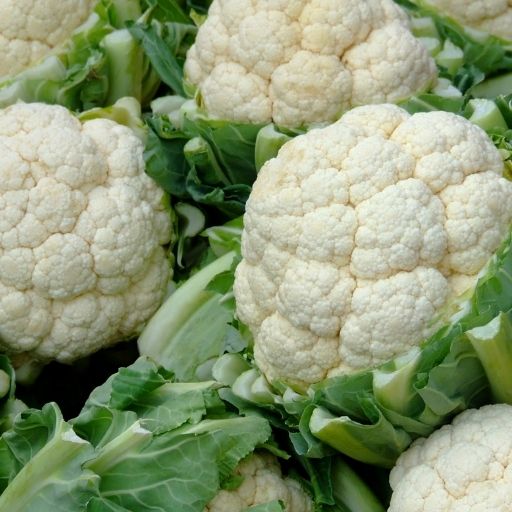
Cauliflower, first cultivated in the Mediterranean, has a mild, nutty taste and tender texture. Its season peaks in winter and spring. Packed with vitamin C, folate, and fiber, it supports heart and digestive health. Commonly roasted, mashed, or used as a low-carb rice substitute. (Brassica oleracea var. botrytis)
24. Celery
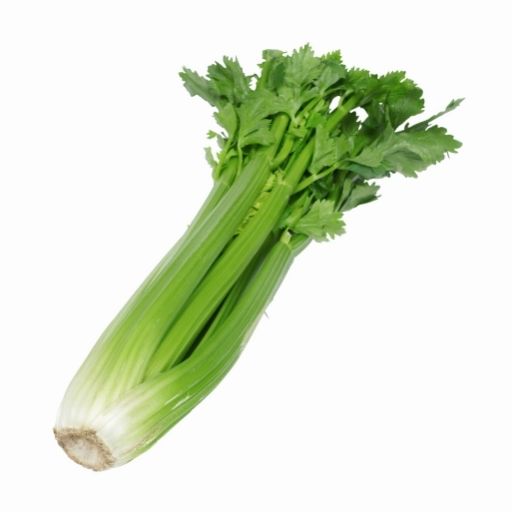
Celery originated in the Mediterranean and has a crisp, mildly peppery flavor. It’s available year-round, with the best flavor in cooler months. Rich in antioxidants and fiber, it helps reduce inflammation and supports digestion. Often used in soups, salads, and as a crunchy snack with dips. (Apium graveolens)
25. Collard Greens
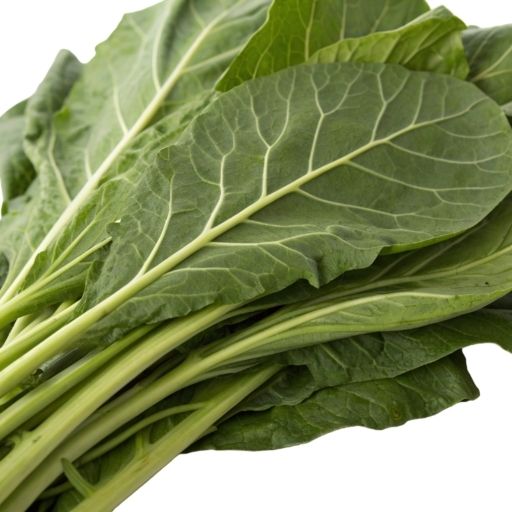
Collard greens are native to the eastern Mediterranean and have a hearty, slightly bitter taste. Their peak season is winter, when frost makes the leaves sweeter. High in calcium and vitamin K, they promote bone and heart health. Commonly cooked with meats or used in Southern-style dishes. (Brassica oleracea var. viridis)
26. Chard (Swiss Chard)
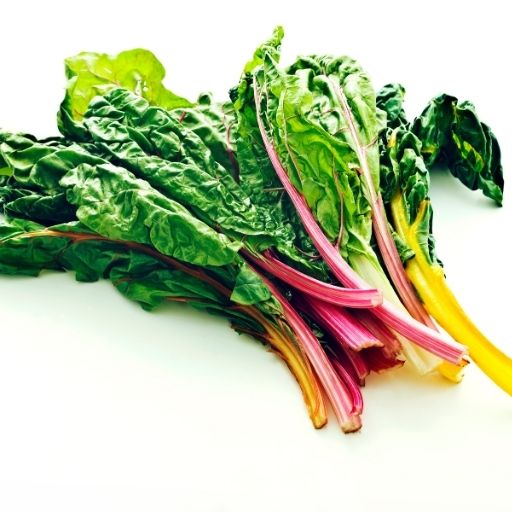
Swiss chard, native to the Mediterranean, has large, colorful stalks and tender, earthy-tasting leaves. It grows best in spring and fall. Packed with magnesium and vitamins A and K, it supports eye and bone health. Commonly sautéed with garlic or added to soups and pasta. (Beta vulgaris subsp. cicla)
27. Cucumber
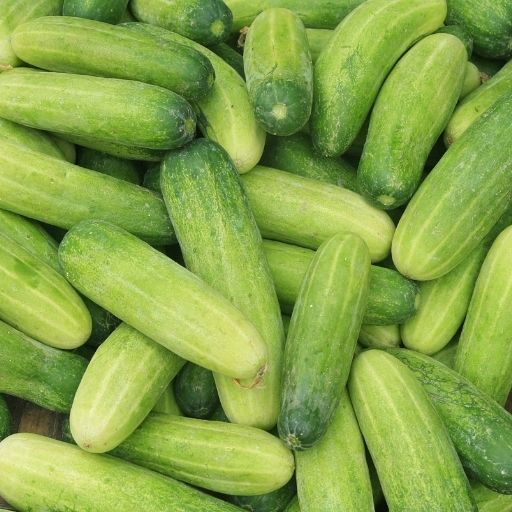
Cucumbers originated in India and have a refreshing, watery texture with a mild flavor. Best in summer, they’re rich in water, vitamin K, and antioxidants that aid hydration and skin health. Commonly eaten raw in salads or pickled as a crunchy snack. (Cucumis sativus)
28. Corn
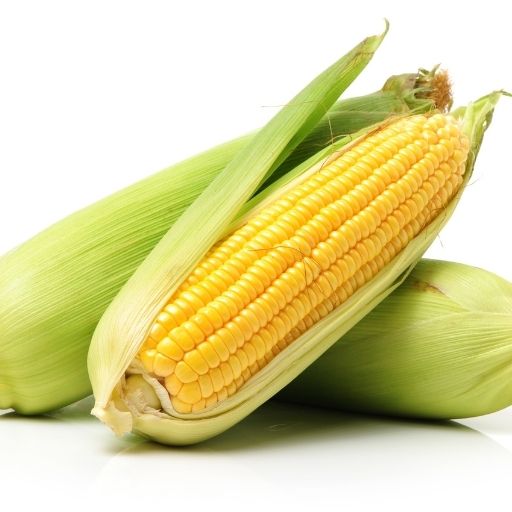
Corn, or maize, was first domesticated in Mexico and is now a global staple. It has a naturally sweet, juicy taste and is harvested in summer and early fall. High in fiber and B vitamins, it supports energy and digestion. Used in corn on the cob, tortillas, soups, and popcorn. (Zea mays)
29. Celeriac
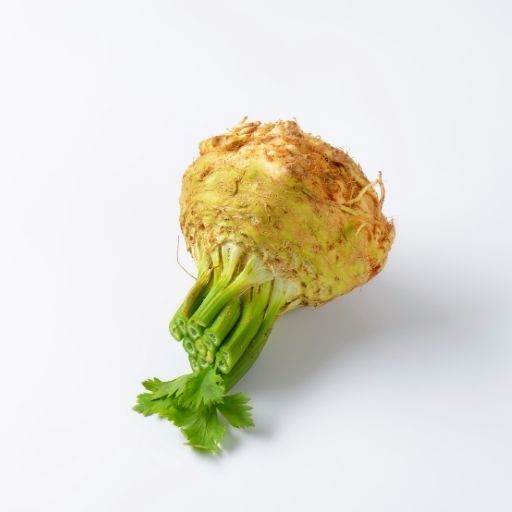
Celeriac, also known as celery root, is native to the Mediterranean and has a nutty, earthy flavor. Its season runs from late fall to early spring. Rich in vitamin K and fiber, it supports heart and bone health. Commonly mashed, roasted, or used in soups. (Apium graveolens var. rapaceum)
30. Chicory
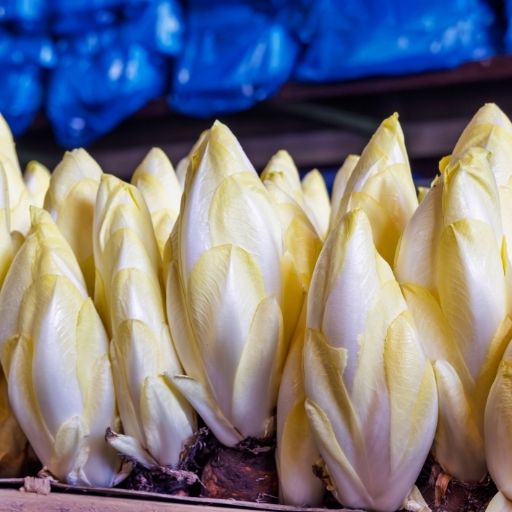
Chicory, native to Europe, has slightly bitter leaves and roots often used as a coffee substitute. It’s a cool-season vegetable available in spring and fall. High in inulin fiber, it supports gut health and digestion. Commonly used in salads or roasted for beverages. (Cichorium intybus)
31. Chinese Broccoli (Gai Lan)
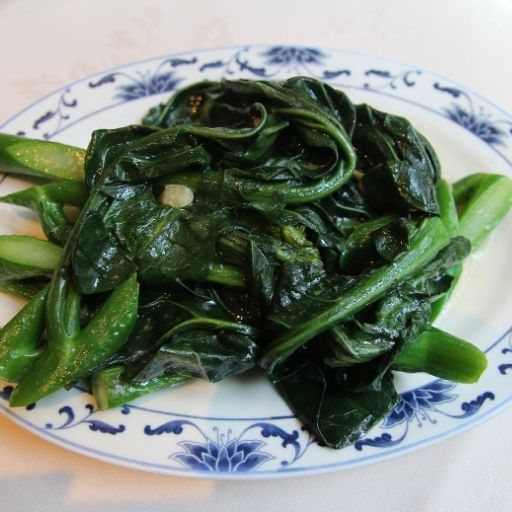
Chinese broccoli, or gai lan, originates from China and has flat leaves with thick stems and a mild, slightly bitter taste. Grown year-round, it thrives in cool weather. Rich in vitamins A and C, it boosts immunity and vision. Commonly stir-fried with garlic and soy sauce. (Brassica oleracea var. alboglabra)
32. Chives
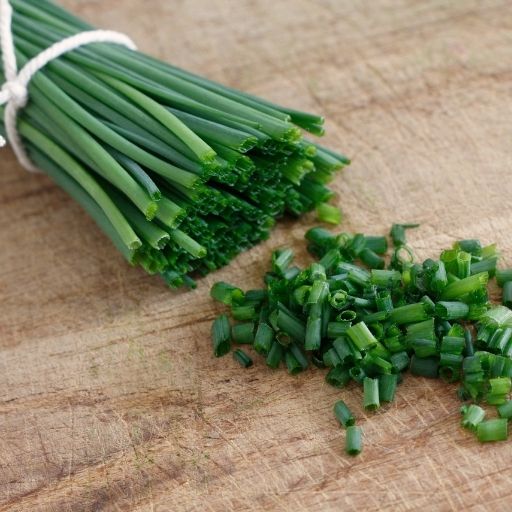
Chives, native to Europe and Asia, have a delicate onion-like flavor and are used fresh for garnishing. They grow best in spring and summer. Packed with antioxidants and vitamin K, they support bone and skin health. Commonly sprinkled over soups, eggs, and salads. (Allium schoenoprasum)
33. Cassava
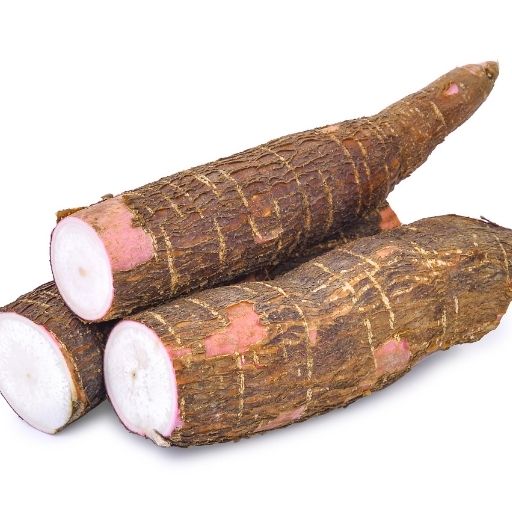
Cassava, native to South America, is a starchy root with a mild, nutty taste. It’s available year-round in tropical regions. High in carbohydrates and minerals, it provides energy and supports digestion. Often boiled, fried, or used to make tapioca. (Manihot esculenta)
34. Courgette (Zucchini)
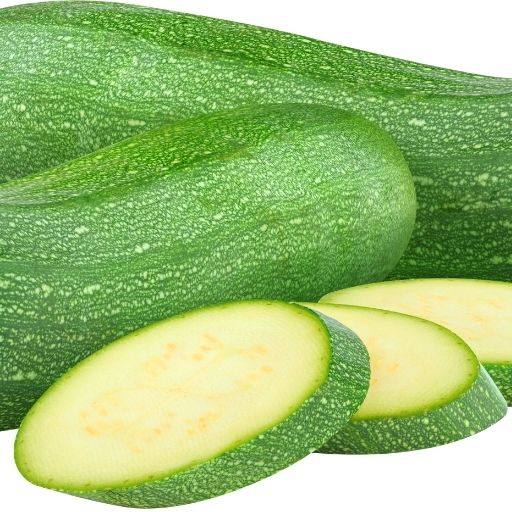
Courgette, also known as zucchini, originated in Italy and has a tender texture with a mild, slightly sweet taste. It’s in season during summer. Low in calories and rich in vitamin A, it promotes healthy skin and vision. Used in stir-fries, grilled dishes, and baked goods. (Cucurbita pepo)
35. Cardoon
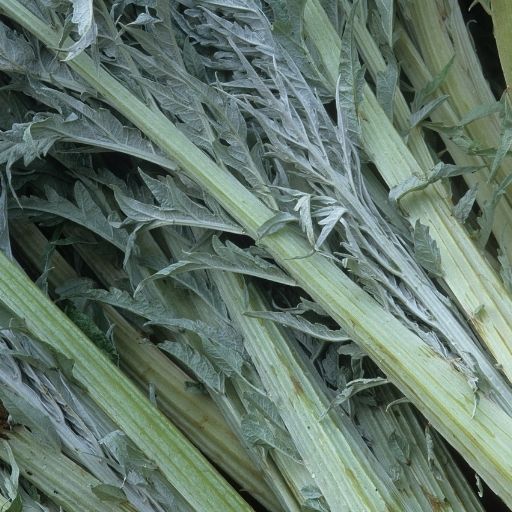
Cardoon, related to the artichoke, is native to the Mediterranean and has a mildly bitter, nutty taste. It’s harvested in winter. Rich in fiber and magnesium, it aids digestion and bone health. Commonly braised or baked in Mediterranean dishes. (Cynara cardunculus)
36. Collocasia (Taro)
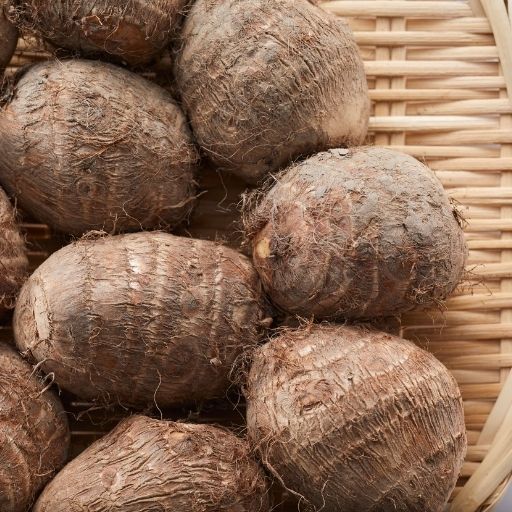
Taro, or colocasia, comes from Southeast Asia and has a starchy, nutty flavor similar to sweet potato. It’s in season during fall and winter. High in fiber and potassium, it supports heart and gut health. Often boiled, mashed, or fried in savory or sweet dishes. (Colocasia esculenta)
37. Chayote Squash
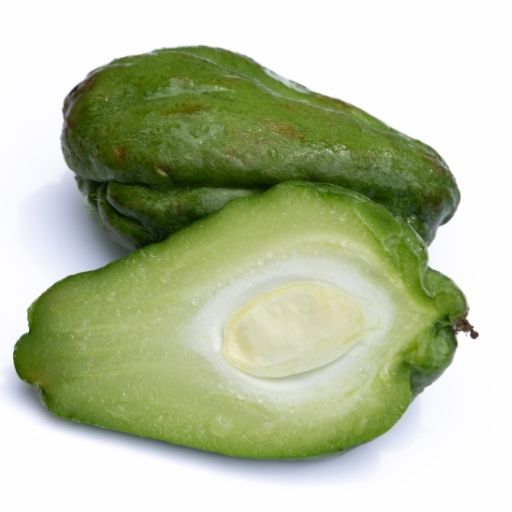
Chayote squash, native to Mexico, has crisp flesh with a light, cucumber-like taste. It’s in season during fall and winter. Rich in vitamin C and folate, it promotes cell and immune health. Commonly cooked in stews, salads, or sautéed as a side. (Sechium edule)
38. Chinese Cabbage (Napa Cabbage)
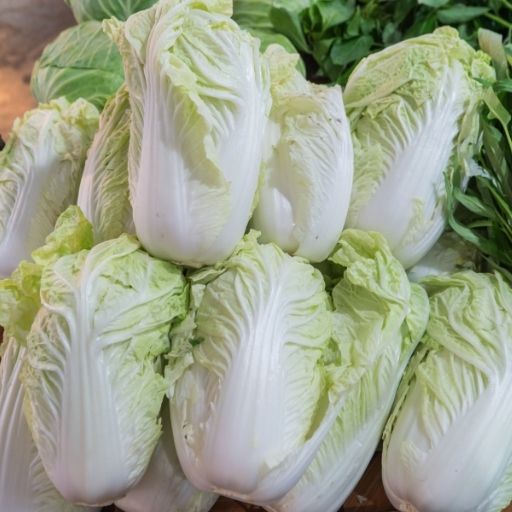
Chinese cabbage, or napa, is native to East Asia and has tender, pale-green leaves with a mild sweetness. It’s harvested in fall and winter. Packed with fiber and vitamin K, it supports digestion and bone strength. Used in stir-fries, soups, and kimchi. (Brassica rapa subsp. pekinensis)
39. Capsicum (Bell Pepper)
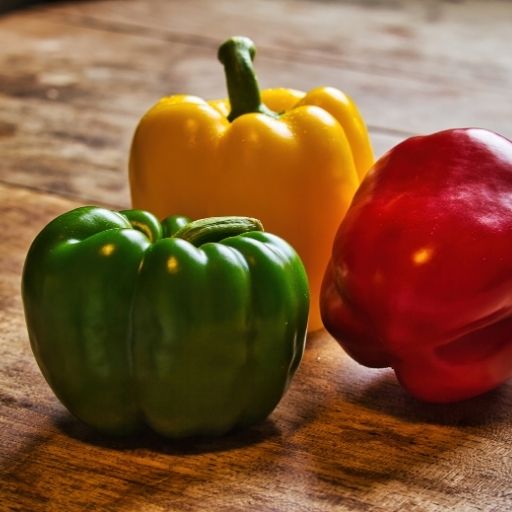
Capsicum, native to Central and South America, comes in colors from green to red and has a sweet, crisp taste. It’s a summer vegetable rich in vitamin C and antioxidants. It supports eye health and immunity. Commonly used in salads, stir-fries, and fajitas. (Capsicum annuum)
40. Celery Root
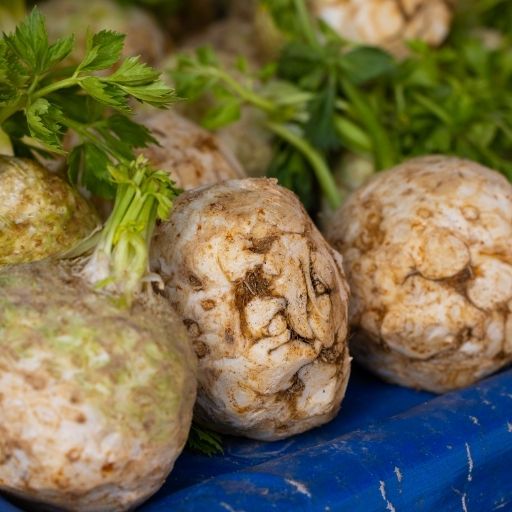
Celery root, also called celeriac, has a mild, earthy flavor with hints of celery and parsley. It’s harvested in late fall and winter. High in potassium and fiber, it supports heart and digestive health. Commonly mashed, roasted, or used in creamy soups. (Apium graveolens var. rapaceum)
SPICES & HERBS
41. Cinnamon
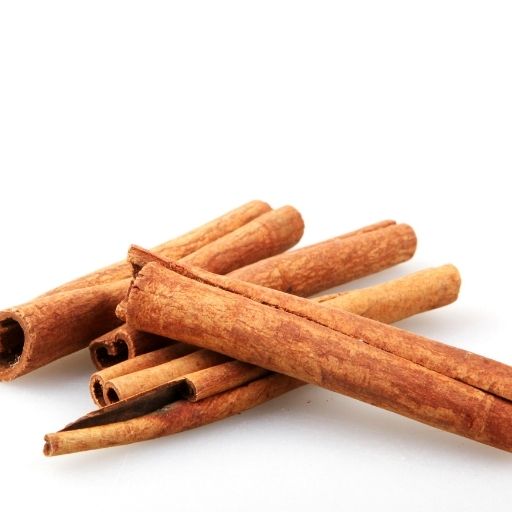
Cinnamon comes from the inner bark of trees native to Sri Lanka and Southeast Asia. It has a warm, sweet-spicy flavor and is harvested during the dry season. Rich in antioxidants and anti-inflammatory compounds, it supports blood sugar control and heart health. Commonly used in desserts, teas, and savory dishes. (Cinnamomum verum)
42. Clove
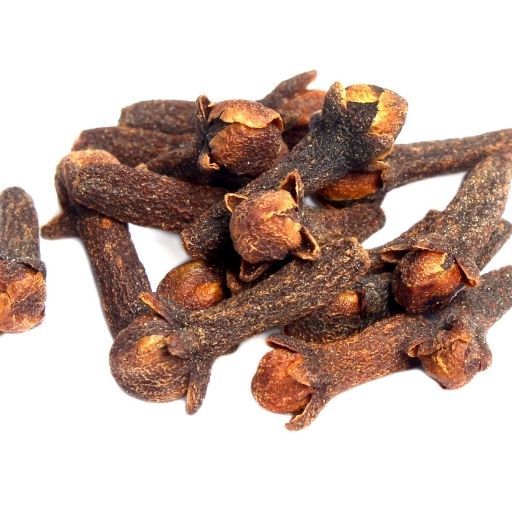
Cloves originated in Indonesia’s Maluku Islands and have an intense, aromatic, and slightly bitter flavor. Harvested mainly in late summer, they’re packed with antioxidants and eugenol, which promote oral and digestive health. Commonly used in curries, baked goods, and spiced drinks. (Syzygium aromaticum)
43. Coriander
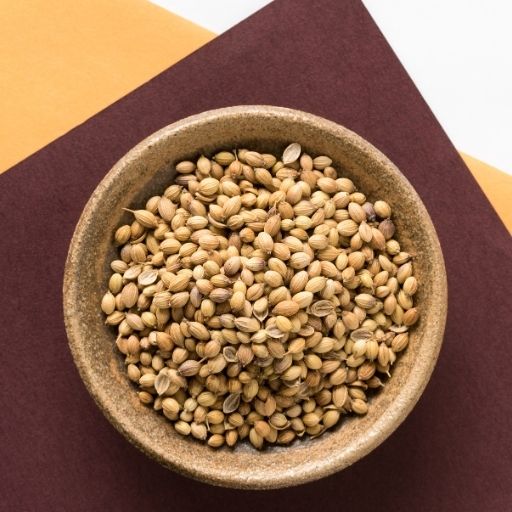
Coriander, native to the Mediterranean and Middle East, has a citrusy, nutty taste that’s both warm and refreshing. It’s grown year-round in warm climates. Rich in vitamin C and minerals, it supports digestion and heart health. Both seeds and leaves (cilantro) are used in curries, soups, and salads. (Coriandrum sativum)
44. Cumin
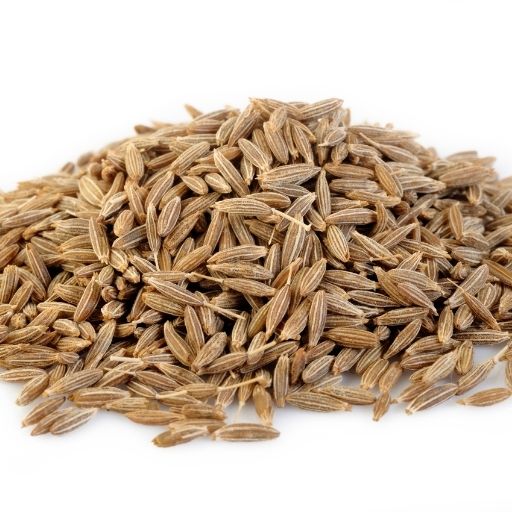
Cumin, originally from the Middle East and India, has a warm, earthy, and slightly peppery flavor. Harvested in late summer, it’s high in antioxidants and iron, supporting metabolism and digestion. A staple in Indian, Mexican, and Middle Eastern cooking, used in spice blends and stews. (Cuminum cyminum)
45. Cardamom
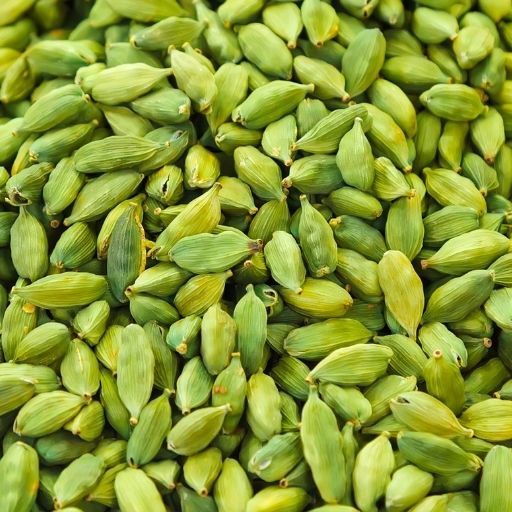
Cardamom, known as the “Queen of Spices,” is native to India and has a sweet, floral, and citrusy flavor. It’s harvested mainly in fall. Rich in antioxidants, it aids digestion and freshens breath. Used in desserts, teas, curries, and baked goods. (Elettaria cardamomum)
46. Caraway Seed
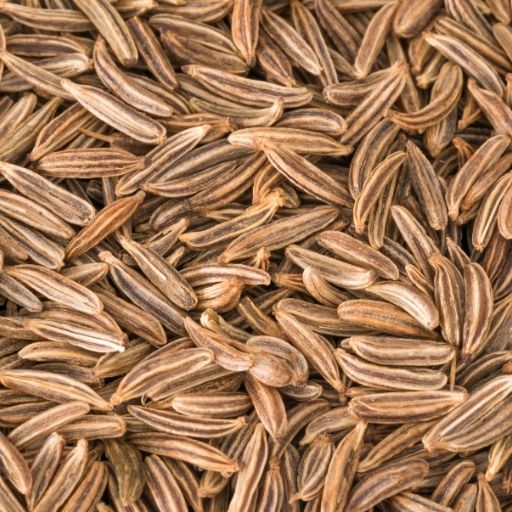
Caraway, native to Europe and Western Asia, offers a nutty, slightly peppery taste with licorice notes. It’s harvested in summer and is known for easing bloating and improving digestion. Commonly used in rye bread, sauerkraut, and European stews. (Carum carvi)
47. Cayenne Pepper
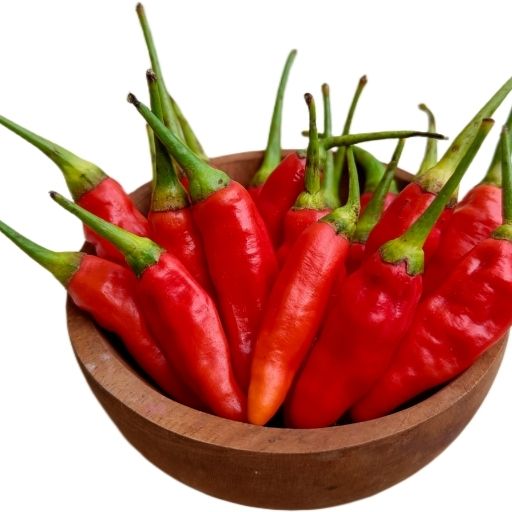
Cayenne pepper comes from Central and South America and has a fiery heat with a smoky undertone. Harvested in summer, it’s rich in capsaicin, which boosts metabolism and supports circulation. Often used in hot sauces, soups, and spice rubs. (Capsicum annuum)
48. Chili Powder
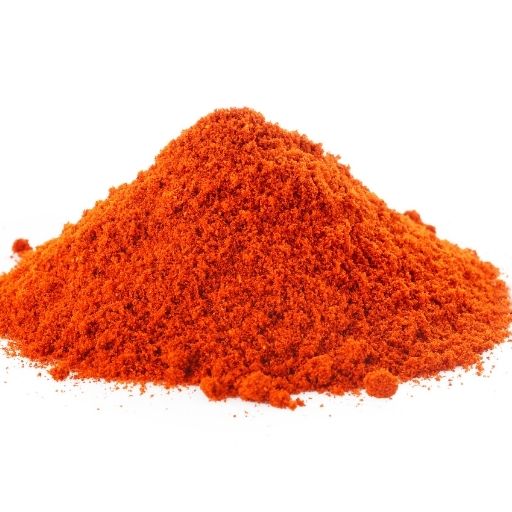
Chili powder is a spice blend made from dried chilies, cumin, and garlic, originating from Mexican cuisine. It has a warm, smoky flavor with varying levels of heat. Available year-round, it’s high in vitamin C and antioxidants. Commonly used in tacos, chili con carne, and marinades. (Capsicum species blend)
49. Curry Leaf

Curry leaves, native to South India, have a citrusy, slightly bitter flavor that enhances cooked dishes. Harvested year-round in tropical regions, they’re rich in antioxidants and iron, supporting heart and hair health. Used in curries, soups, and tempering spices. (Murraya koenigii)
50. Chervil
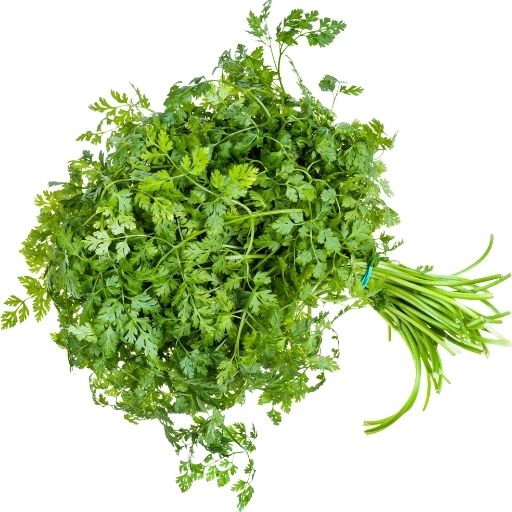
Chervil, native to Europe, is a delicate herb with a mild flavor similar to parsley and anise. Best in spring and early summer, it’s rich in vitamins A and C, aiding immunity and eye health. Commonly used in French cuisine, egg dishes, and sauces. (Anthriscus cerefolium)
GRAINS, LEGUMES & SEEDS
51. Chickpeas
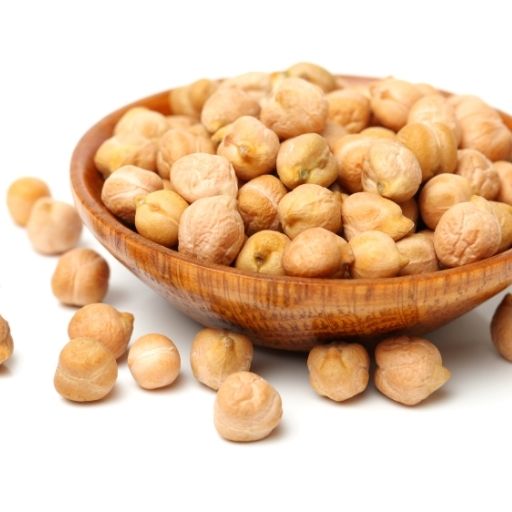
Chickpeas, also known as garbanzo beans, originated in the Middle East and Mediterranean. They have a nutty, earthy flavor and a creamy texture when cooked. Harvested in late spring, they’re packed with protein, fiber, and iron, supporting muscle and heart health. Commonly used in hummus, curries, and salads. (Cicer arietinum)
52. Cornmeal
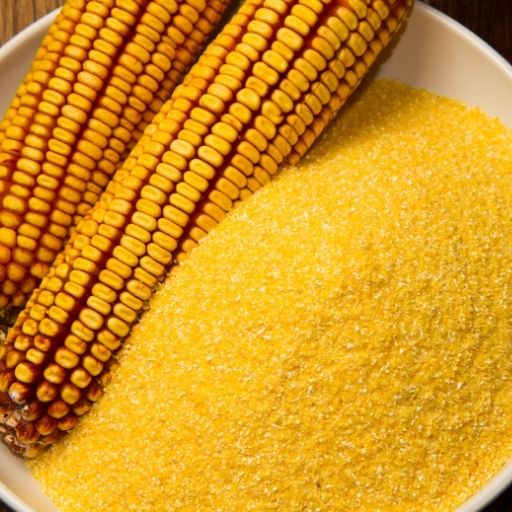
Cornmeal, made from dried and ground corn, has roots in the Americas where maize was first cultivated. It tastes mildly sweet with a grainy texture. Available year-round, it’s rich in complex carbs and fiber for steady energy. Used in cornbread, polenta, and coatings for fried foods. (Zea mays)
53. Couscous
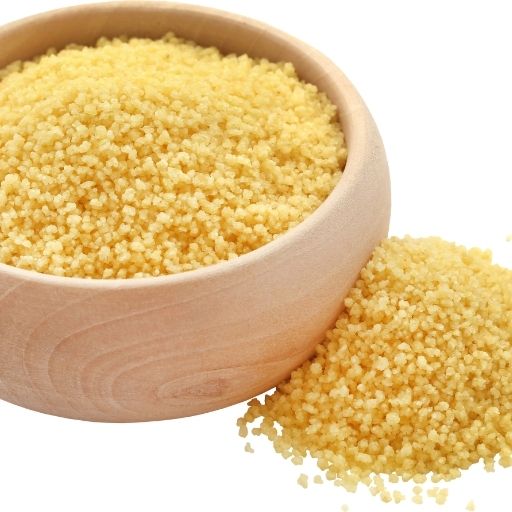
Couscous originated in North Africa and consists of tiny granules of steamed semolina wheat. It has a light, fluffy texture and a mild, slightly nutty flavor. Available all year, it’s low in fat and provides quick energy. Commonly served with stews, grilled meats, and vegetables. (Triticum durum)
54. Chia Seeds
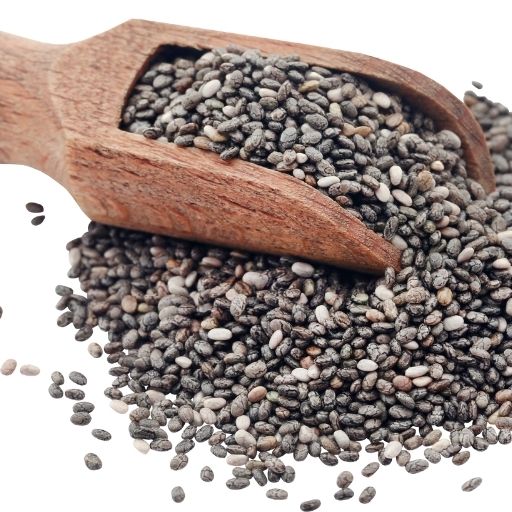
Chia seeds, native to Mexico and Guatemala, are tiny black or white seeds with a mild nutty flavor. They’re available year-round and absorb liquid to form a gel-like texture. Rich in omega-3s, fiber, and antioxidants, they support heart and digestive health. Used in smoothies, puddings, and baked goods. (Salvia hispanica)
55. Carob
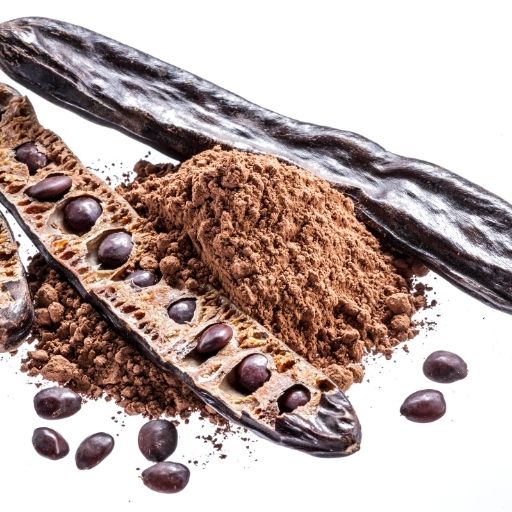
Carob, native to the Mediterranean, comes from the pods of the carob tree and has a sweet, cocoa-like taste. Harvested in late summer, it’s naturally caffeine-free and high in calcium and fiber. Often used as a chocolate substitute in baking and health snacks. (Ceratonia siliqua)
56. Canary Beans
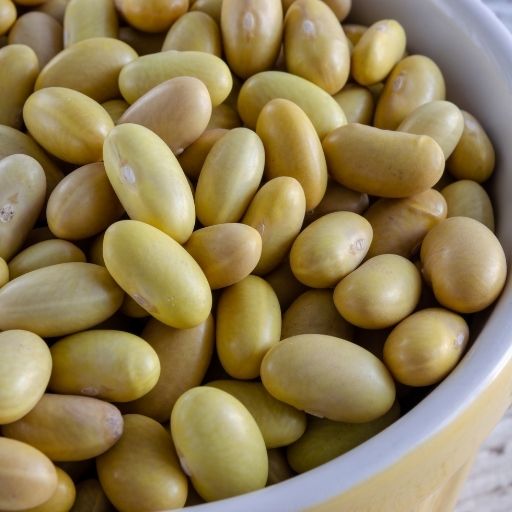
Canary beans, also called mayocoba beans, originated in Peru and have a creamy texture with a mild, buttery flavor. Harvested in summer, they’re rich in protein, iron, and fiber, promoting heart and digestive health. Commonly used in soups, stews, and Latin American dishes. (Phaseolus vulgaris)
57. Crimson Lentils
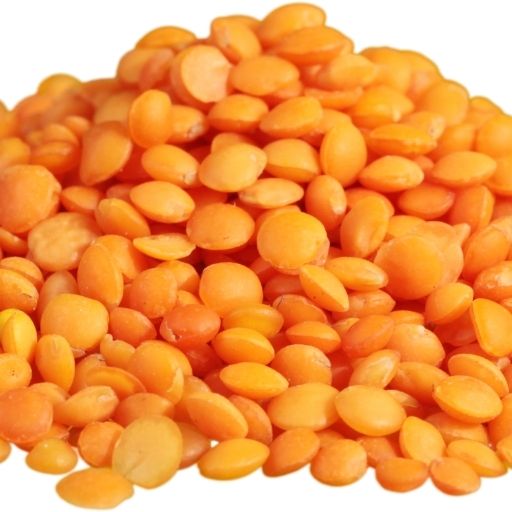
Crimson lentils, native to Southwest Asia, have a mild, earthy taste and soft texture when cooked. In season during spring and summer, they’re rich in protein, iron, and folate, supporting energy and red blood cell health. Used in soups, curries, and vegetarian stews. (Lens culinaris)
58. Cocoa Beans
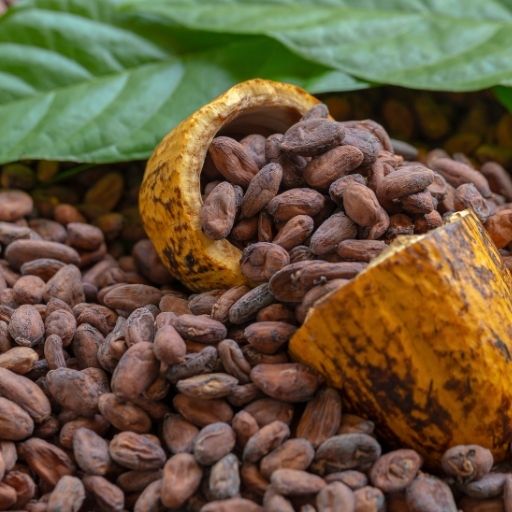
Cocoa beans, native to Central and South America, are the seeds of the cacao tree with a deep, bitter chocolate flavor. Harvested twice a year in tropical regions, they’re rich in flavonoids and magnesium that boost mood and heart health. Used to make chocolate, cocoa powder, and butter. (Theobroma cacao)
59. Common Bean
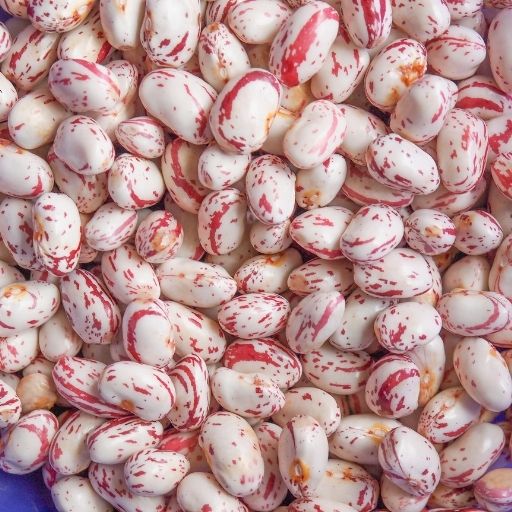
The common bean originated in the Americas and includes kidney, pinto, and black beans. It has a mild, nutty flavor and firm texture. Harvested in summer, it’s a good source of plant-based protein and fiber. Used in soups, burritos, and salads. (Phaseolus vulgaris)
60. Cowpeas
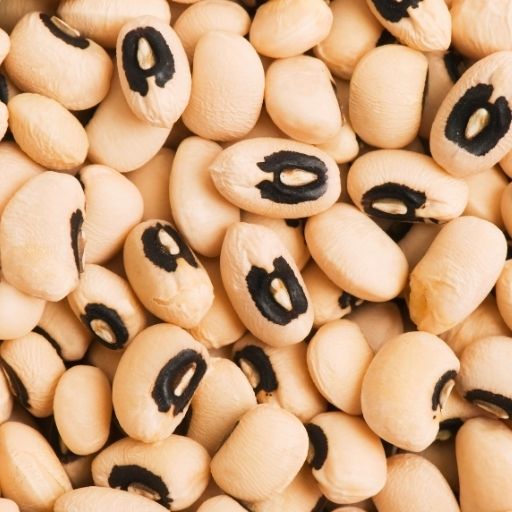
Cowpeas, also known as black-eyed peas, originated in Africa and have a creamy texture and earthy taste. They grow in warm climates and are harvested in summer. High in protein, potassium, and folate, they support heart and nerve health. Commonly used in Southern dishes like Hoppin’ John and stews. (Vigna unguiculata)
DAIRY & CHEESES
61. Cheddar Cheese

Cheddar cheese originated in the English village of Cheddar in Somerset and is now one of the world’s most popular cheeses. It has a rich, tangy flavor that sharpens with age. Made year-round, it’s rich in calcium and protein, promoting bone and muscle health. Commonly used in sandwiches, burgers, and casseroles. (Bos taurus milk product)
62. Cottage Cheese
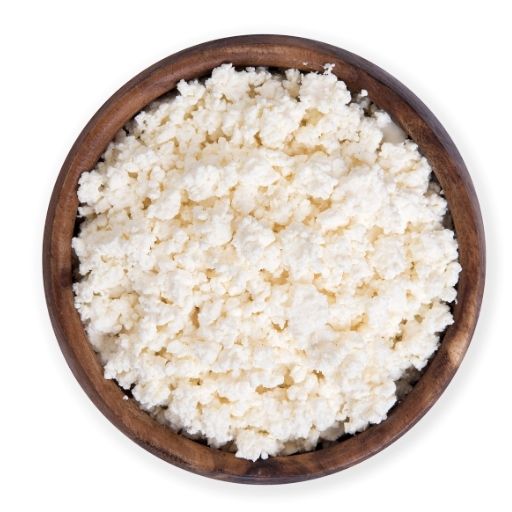
Cottage cheese has roots in Eastern Europe and features a mild, creamy, slightly tangy flavor with soft curds. Available all year, it’s high in protein and low in fat, supporting muscle growth and digestion. Often eaten as a snack or breakfast with fruit or vegetables. (Bos taurus milk product)
63. Cream Cheese

Cream cheese originated in the United States in the 19th century. It has a smooth, rich texture and a mild, slightly sweet flavor. Produced year-round, it’s a source of calcium and healthy fats. Used in spreads, cheesecakes, frostings, and dips. (Bos taurus milk product)
64. Camembert

Camembert is a soft, creamy cheese from Normandy, France, with a buttery texture and earthy, mushroom-like flavor. Best enjoyed during cooler months, it’s rich in calcium and probiotics that support bone and gut health. Commonly served with bread or baked whole with herbs. (Bos taurus milk cheese)
65. Colby Cheese
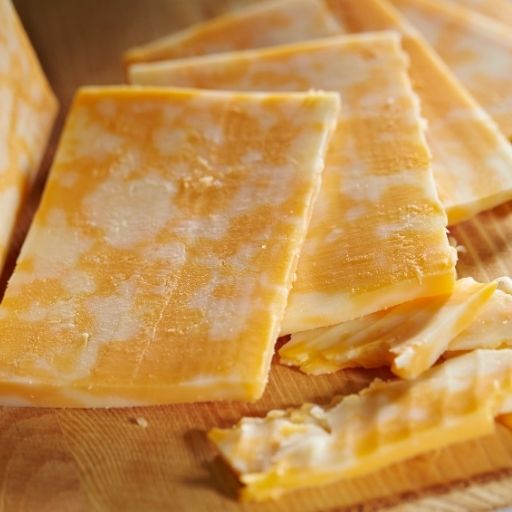
Colby cheese, created in Wisconsin, USA, is a mild, semi-hard cheese similar to cheddar but softer and moister. Available year-round, it’s high in calcium and phosphorus for bone strength. Often used in sandwiches, macaroni, or melted on burgers. (Bos taurus milk cheese)
66. Comté

Comté cheese hails from eastern France and has a firm texture with a sweet, nutty flavor. Made year-round, it’s rich in protein and vitamin A, supporting vision and immunity. Aged for months, it’s perfect for gratins, fondue, or cheese boards. (Bos taurus milk cheese)
67. Caciocavallo
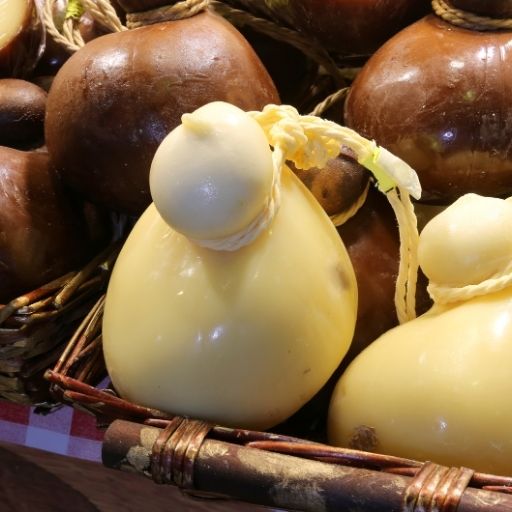
Caciocavallo, an Italian cheese from southern regions like Sicily, has a firm texture and sharp, buttery flavor. It’s produced throughout the year and rich in calcium and protein. Often sliced, grilled, or melted over pasta and bread. (Bos taurus milk cheese)
68. Chhurpi
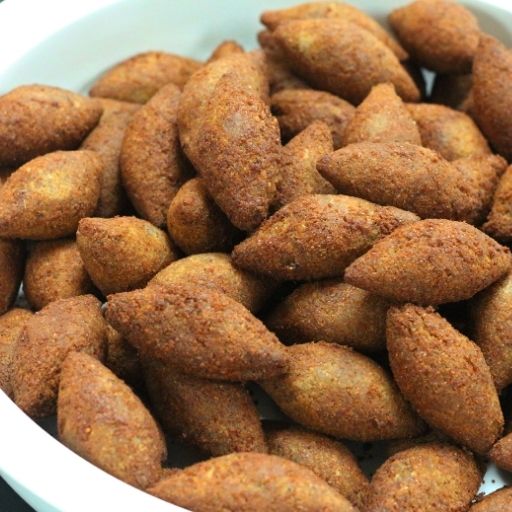
Chhurpi is a traditional cheese from the Himalayan regions of Nepal and Bhutan. It has a dense texture, ranging from soft to extremely hard. Made year-round, it’s rich in protein and calcium, often chewed as a snack or used in soups. (Bos grunniens milk product)
69. Crème Fraîche

Crème fraîche originated in France and has a silky, tangy, and lightly nutty flavor. Produced year-round, it’s rich in healthy fats and probiotics that aid digestion. Commonly used in sauces, soups, and desserts for added creaminess. (Bos taurus milk product)
70. Clotted Cream

Clotted cream comes from England’s Devon and Cornwall regions and is made by slowly heating rich milk until it thickens. It has a luscious, buttery flavor and is available year-round. High in calories and calcium, it’s most often served with scones and jam. (Bos taurus milk product)
BREADS, PASTA & GRAIN-BASED FOODS
71. Croissant

Croissants originated in France, inspired by Austrian kipferl pastries. They have a flaky, buttery texture with a light, airy interior and mild sweetness. Enjoyed year-round, they’re a source of carbohydrates and fats for quick energy. Often served for breakfast or filled with chocolate, ham, or cheese. (Triticum aestivum product)
72. Cornbread

Cornbread, a classic dish of Native American and Southern U.S. origin, has a moist, crumbly texture and a slightly sweet, earthy flavor. It’s best enjoyed fresh and is typically baked year-round. High in fiber and minerals, it aids digestion. Commonly paired with chili, soups, and barbecue. (Zea mays product)
73. Crackers

Crackers were first created in the early 19th century in the United States. They have a crisp texture and mild, salty flavor that pairs well with cheese or spreads. Made year-round, they’re low in fat and a versatile snack. Served with dips, soups, or cheese boards. (Triticum aestivum product)
74. Challah

Challah, a traditional Jewish bread from Eastern Europe, is slightly sweet, soft, and braided beautifully. It’s enjoyed weekly for Sabbath and holidays. Rich in carbohydrates and protein from eggs, it provides energy and nutrients. Commonly served plain or with honey and butter. (Triticum aestivum product)
75. Ciabatta

Ciabatta bread originated in Italy and features a crispy crust with an airy, chewy interior. It has a mild, slightly tangy flavor and is baked year-round. High in carbohydrates, it’s great for energy and digestion. Used in sandwiches and paninis or served with olive oil. (Triticum aestivum product)
76. Corn Tortilla
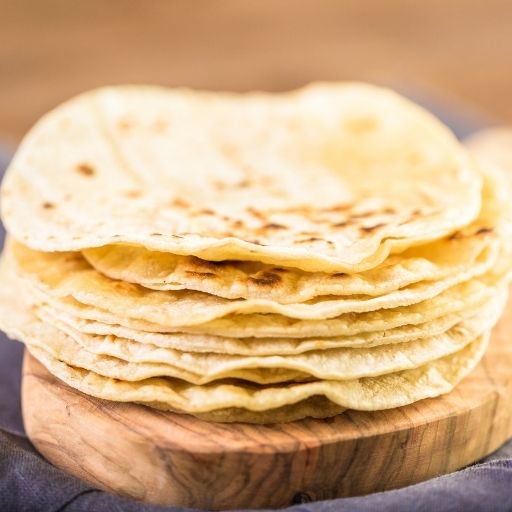
Corn tortillas, a staple in Mexican cuisine, are made from masa harina (corn dough) and have a mild, nutty flavor. They’re eaten daily across Latin America, especially in summer maize harvest season. Naturally gluten-free and rich in fiber, they aid digestion. Used in tacos, enchiladas, and quesadillas. (Zea mays product)
77. Chow Mein Noodles

Chow mein noodles, from Chinese cuisine, are made from wheat flour and have a springy texture with a mild taste. Cooked year-round, they’re rich in carbohydrates and energy. Commonly stir-fried with vegetables, meats, or soy-based sauces. (Triticum aestivum product)
78. Cannelloni

Cannelloni, an Italian pasta dish, consists of large tubes stuffed with cheese or meat and baked with sauce. It has a soft texture and savory, comforting flavor. Best made in cooler months, it provides energy and protein. A classic main dish in Mediterranean cooking. (Triticum durum product)
79. Congee

Congee, a rice porridge from China, has a smooth, creamy texture and mild flavor. It’s eaten year-round but is especially comforting in winter. High in carbohydrates and easy to digest, it’s ideal for soothing the stomach. Served plain or topped with meats, eggs, or herbs. (Oryza sativa product)
80. Couscous Salad
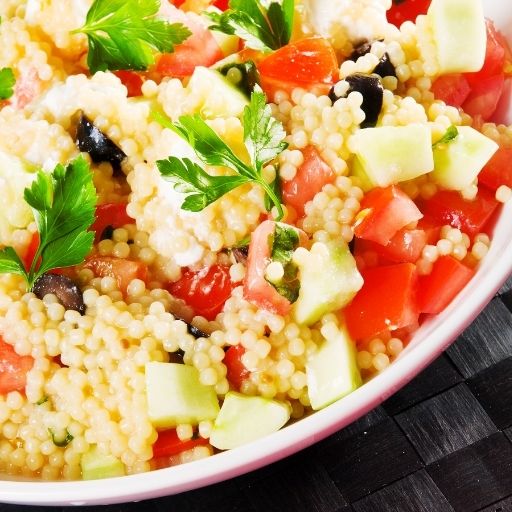
Couscous salad, from North Africa, features fluffy couscous tossed with vegetables, herbs, and olive oil. It has a light, nutty taste and refreshing texture, best enjoyed in warmer months. Rich in fiber and antioxidants, it supports digestion and energy. Served as a side or light meal. (Triticum durum product)
CONDIMENTS & SAUCES
81. Chili Sauce
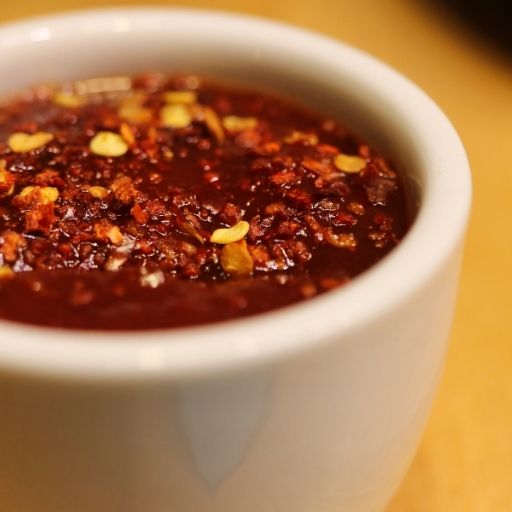
Chili sauce, originating in Southeast Asia, combines hot peppers, vinegar, and spices to create a bold, tangy flavor. It’s made year-round and adds fiery heat to dishes. Rich in vitamin C and capsaicin, it boosts metabolism and immunity. Commonly used in stir-fries, marinades, and dipping sauces. (Capsicum annuum product)
82. Caesar Dressing

Caesar dressing was invented in Mexico by Italian chef Caesar Cardini. It has a creamy, tangy flavor made from anchovies, lemon juice, garlic, and Parmesan. Available year-round, it’s rich in healthy fats and calcium. Commonly used on Caesar salads and sandwiches. (Condiment derived from Bos taurus milk and anchovy extract)
83. Cheese Sauce
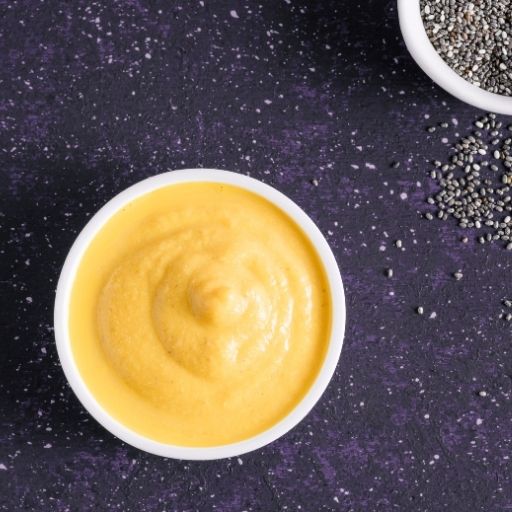
Cheese sauce, popular in European and American cuisines, is a creamy blend of cheese, butter, and milk. It has a rich, savory taste and smooth texture. Made year-round, it’s high in calcium and protein for bone and muscle health. Used in macaroni, nachos, and vegetable toppings. (Bos taurus milk product)
84. Cocktail Sauce
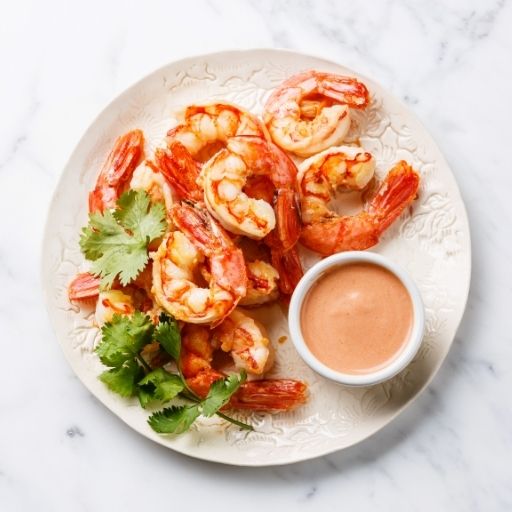
Cocktail sauce, created in the United States, blends ketchup, horseradish, and lemon for a sharp, tangy kick. Served chilled year-round, it’s low in calories and enhances digestion. Most famously used as a dip for shrimp and seafood platters. (Condiment derived from Solanum lycopersicum and Armoracia rusticana)
85. Curry Sauce
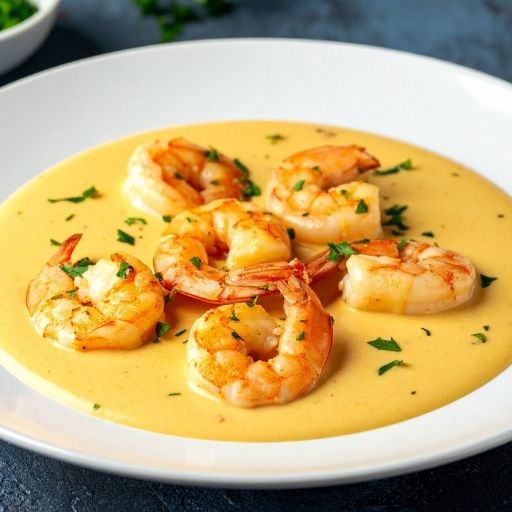
Curry sauce, originating in India, is a flavorful blend of spices like turmeric, cumin, and coriander simmered in coconut milk or cream. It has a rich, aromatic taste with mild heat. Made year-round, it’s rich in antioxidants and anti-inflammatory compounds. Used in curries, stews, and rice dishes. (Blend derived from Curcuma longa and Cuminum cyminum)
86. Chimichurri
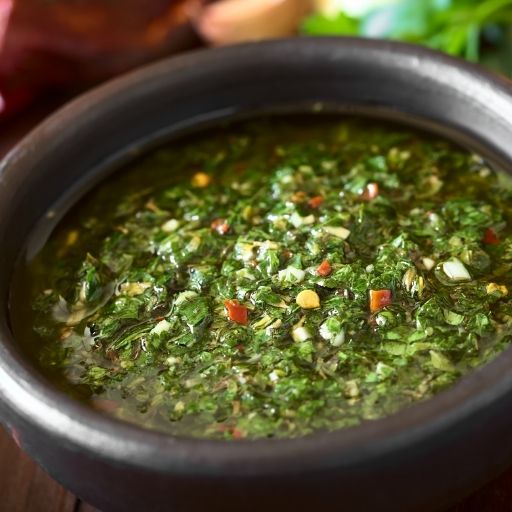
Chimichurri, from Argentina, is a zesty green sauce made from parsley, garlic, olive oil, and vinegar. It has a bright, herby flavor with a hint of spice. Available year-round, it’s rich in antioxidants and heart-healthy fats. Commonly used with grilled meats or as a marinade. (Condiment derived from Petroselinum crispum)
87. Chocolate Syrup

Chocolate syrup, first popularized in the United States, has a sweet, rich cocoa flavor. It’s available year-round and adds instant indulgence to desserts. High in antioxidants, it can boost mood and energy. Commonly drizzled on ice cream, milkshakes, and pancakes. (Derived from Theobroma cacao)
88. Chutney

Chutney, originating from India, is a condiment made from fruits, spices, and vinegar. It can be sweet, tangy, or spicy depending on the ingredients. Available all year, it’s rich in antioxidants and supports digestion. Commonly served with curries, bread, and grilled meats. (Blend derived from Mangifera indica or similar fruits)
89. Caramel Sauce

Caramel sauce, with French origins, is made by melting sugar and blending it with cream and butter. It has a deep, buttery sweetness and smooth texture. Made year-round, it provides quick energy and irresistible flavor. Commonly used in desserts, coffees, and ice cream toppings. (Derived from Saccharum officinarum and Bos taurus milk)
90. Cranberry Sauce
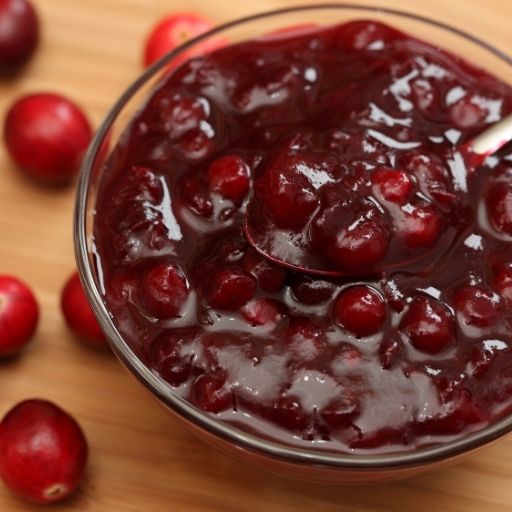
Cranberry sauce, native to North America, features a sweet-tart flavor made from simmered cranberries and sugar. Typically prepared in fall, it’s rich in antioxidants and vitamin C. A classic Thanksgiving accompaniment to turkey and roasts. (Derived from Vaccinium macrocarpon)
SNACKS & SWEETS
91. Cupcake

Cupcakes originated in the United States during the 19th century as convenient, single-serve cakes. They have a light, fluffy texture and a sweet buttery flavor that pairs beautifully with frosting. Baked year-round, they’re often enjoyed at birthdays and parties. A source of quick energy, they’re made in countless flavors and styles. (Derived from Triticum aestivum and Saccharum officinarum)
92. Cheesecake
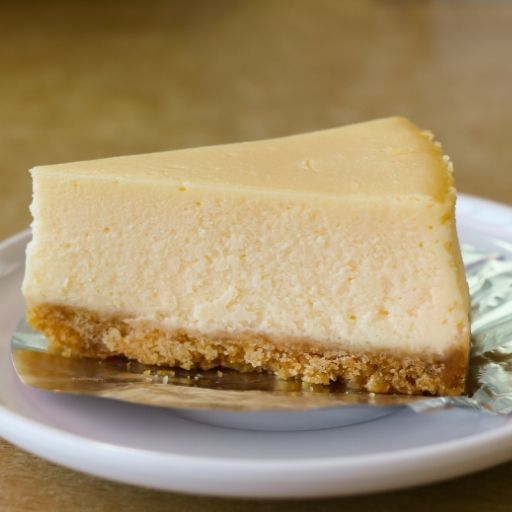
Cheesecake traces its roots to ancient Greece and is now beloved worldwide. It has a rich, creamy texture with a slightly tangy sweetness. Often made year-round but especially popular in spring and holidays, it’s high in calcium and protein. Served plain or topped with fruits and sauces. (Bos taurus milk and Triticum aestivum product)
93. Chocolate

Chocolate comes from cocoa beans native to Central and South America. It offers a deep, bittersweet flavor that varies by cocoa content. Produced year-round, it’s rich in antioxidants and serotonin-boosting compounds. Enjoyed in bars, candies, and desserts across the globe. (Theobroma cacao)
94. Candy Cane

Candy canes originated in Germany and are iconic peppermint-flavored sweets shaped like hooks. Traditionally associated with winter holidays, they offer a refreshing minty sweetness. Mostly enjoyed during Christmas, they provide a quick sugar boost and decorate desserts and trees. (Derived from Mentha × piperita and Saccharum officinarum)
95. Cookie

Cookies, dating back to Persia, are small baked treats with endless flavor variations—sweet, buttery, or chewy. They’re baked year-round and are an excellent source of comfort and quick energy. Commonly made with chocolate chips, nuts, or spices. (Derived from Triticum aestivum and Saccharum officinarum)
96. Cinnamon Roll

Cinnamon rolls, believed to have Scandinavian origins, combine soft, yeasty dough with sweet cinnamon filling and icing. They’re warm, fragrant, and perfect for breakfast or brunch, especially in winter. Rich in carbs and cinnamon antioxidants, they offer both comfort and flavor. (Derived from Cinnamomum verum and Triticum aestivum)
97. Caramel Popcorn
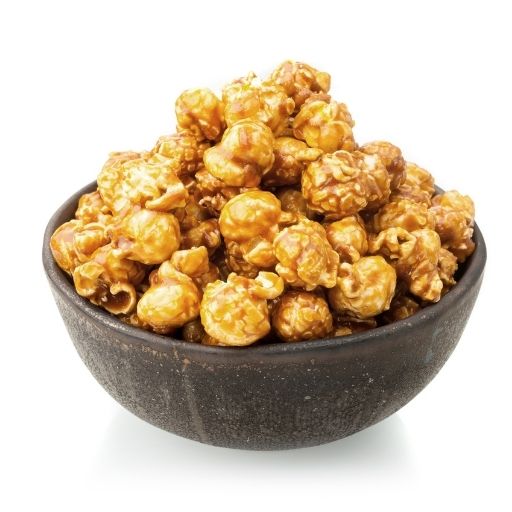
Caramel popcorn, first made in the U.S. in the 19th century, blends the crunch of popcorn with a sweet, buttery caramel coating. It’s a festive snack enjoyed year-round, especially at fairs and movie nights. Provides fiber from corn and energy from natural sugars. (Zea mays and Saccharum officinarum product)
98. Cotton Candy

Cotton candy, invented in the late 1800s, is spun sugar that melts instantly on the tongue. It’s light, airy, and intensely sweet. A fairground favorite available all year, it provides instant energy and nostalgia. Made purely from melted sugar spun into delicate threads. (Saccharum officinarum product)
99. Coconut Macaroon

Coconut macaroons, with origins in Italy and France, are chewy cookies made from shredded coconut, egg whites, and sugar. They have a sweet, nutty flavor and golden exterior. Enjoyed year-round, they’re rich in healthy fats and fiber. Commonly dipped in chocolate or served with coffee. (Cocos nucifera product)
100. Cannoli

Cannoli, a Sicilian dessert, features crispy pastry tubes filled with sweet ricotta cream. They have a delicate crunch and creamy, citrus-infused filling. Best enjoyed fresh, especially in spring and summer festivals. High in calcium and protein, they’re a symbol of Italian pastry tradition. (Bos taurus milk and Triticum aestivum product)

